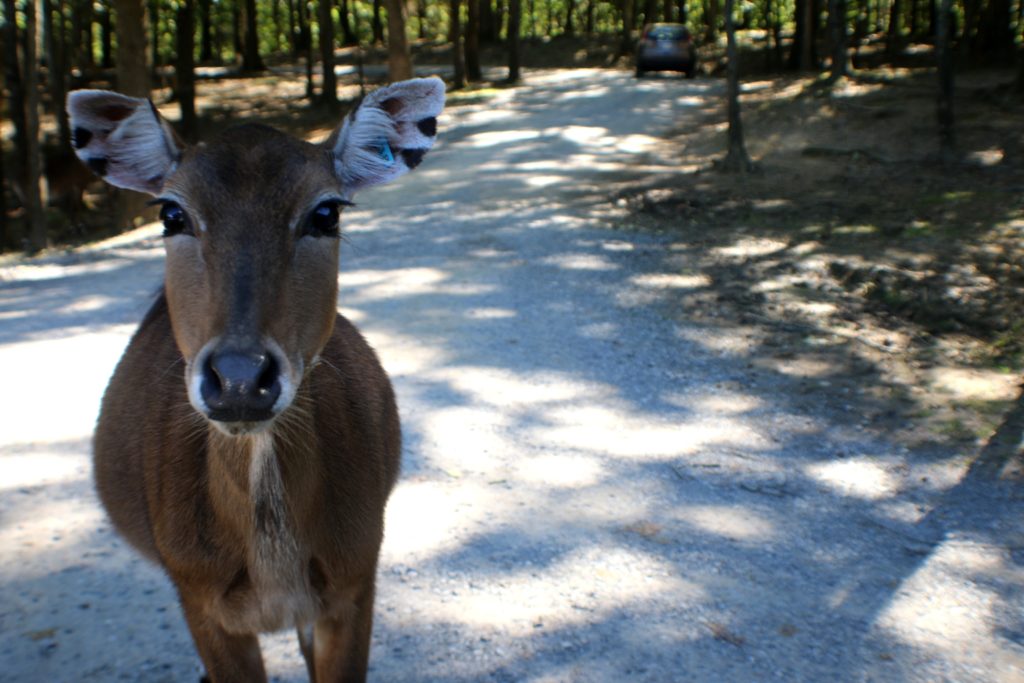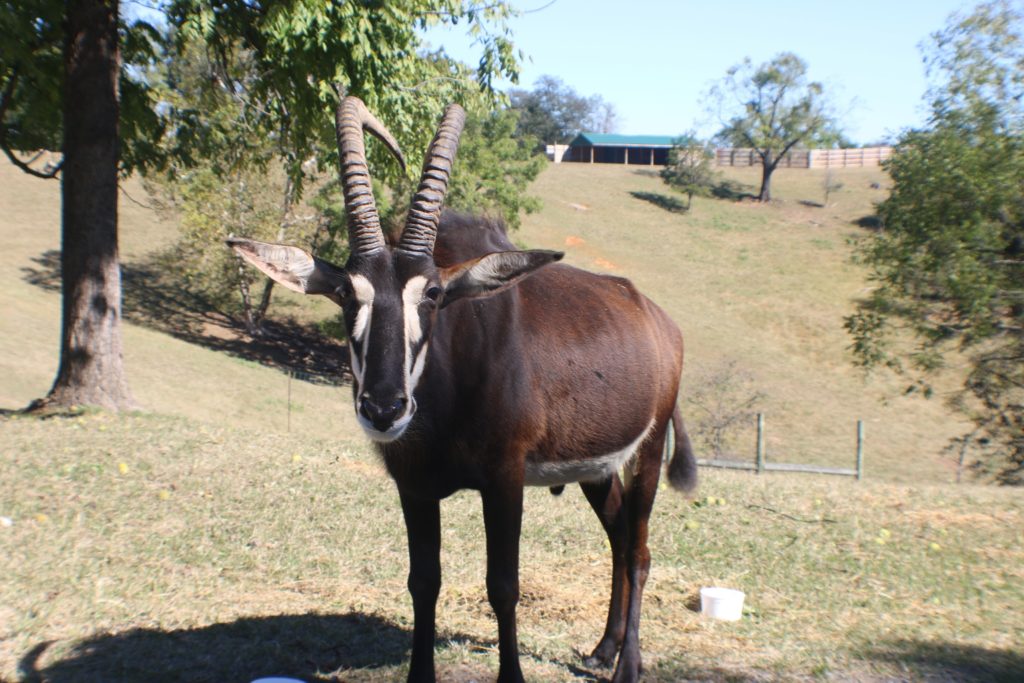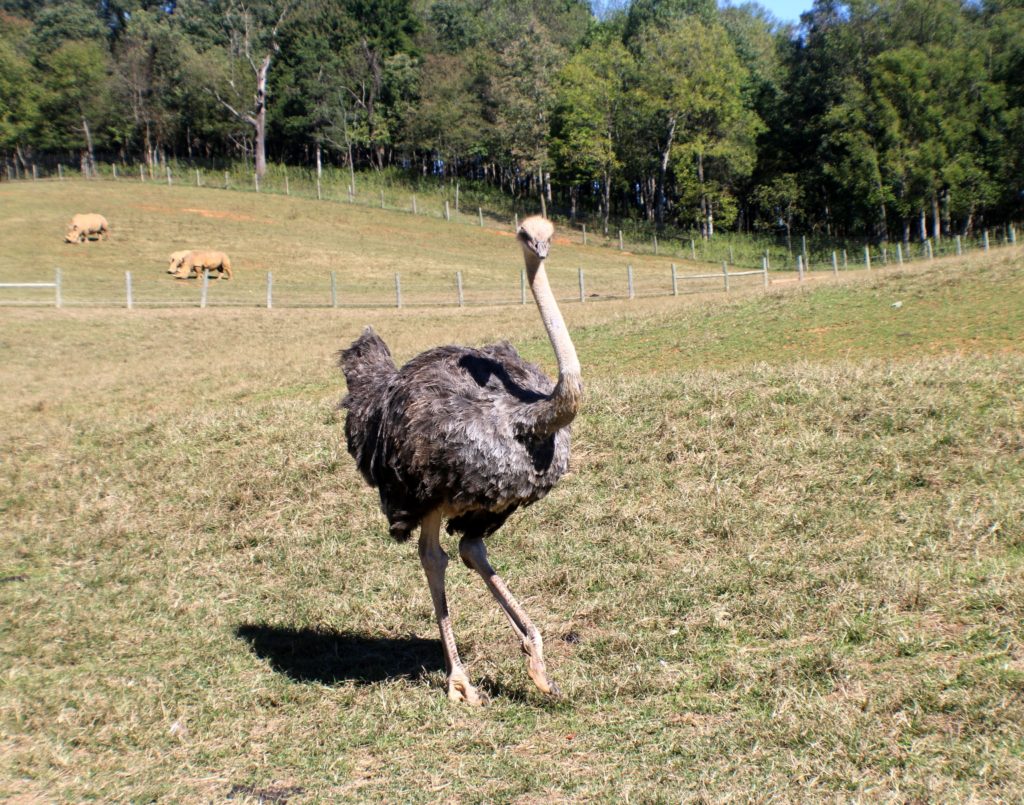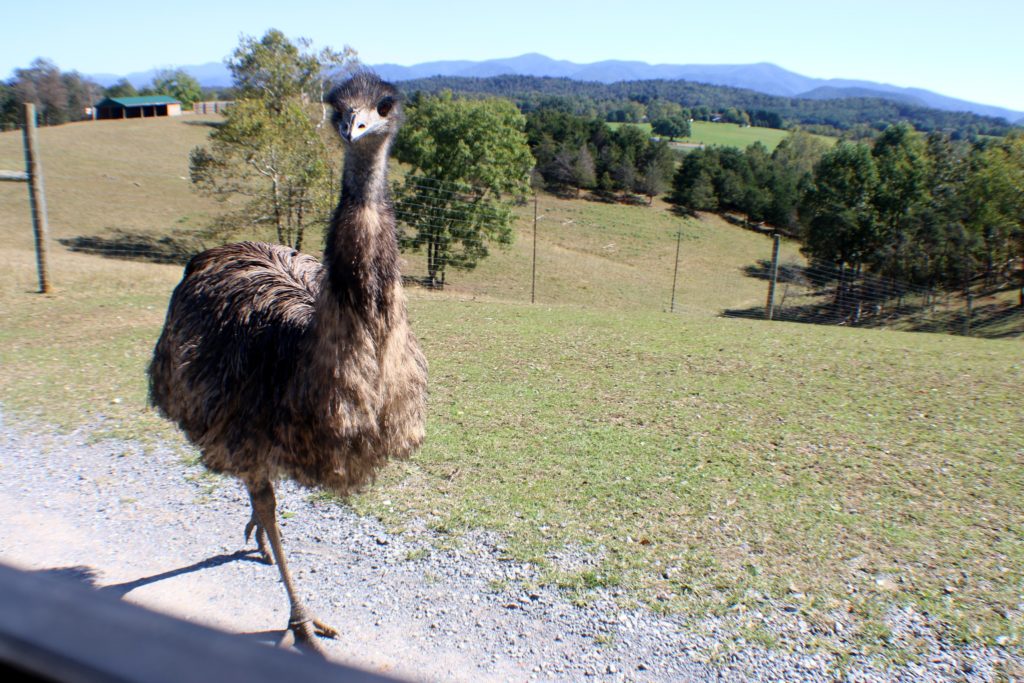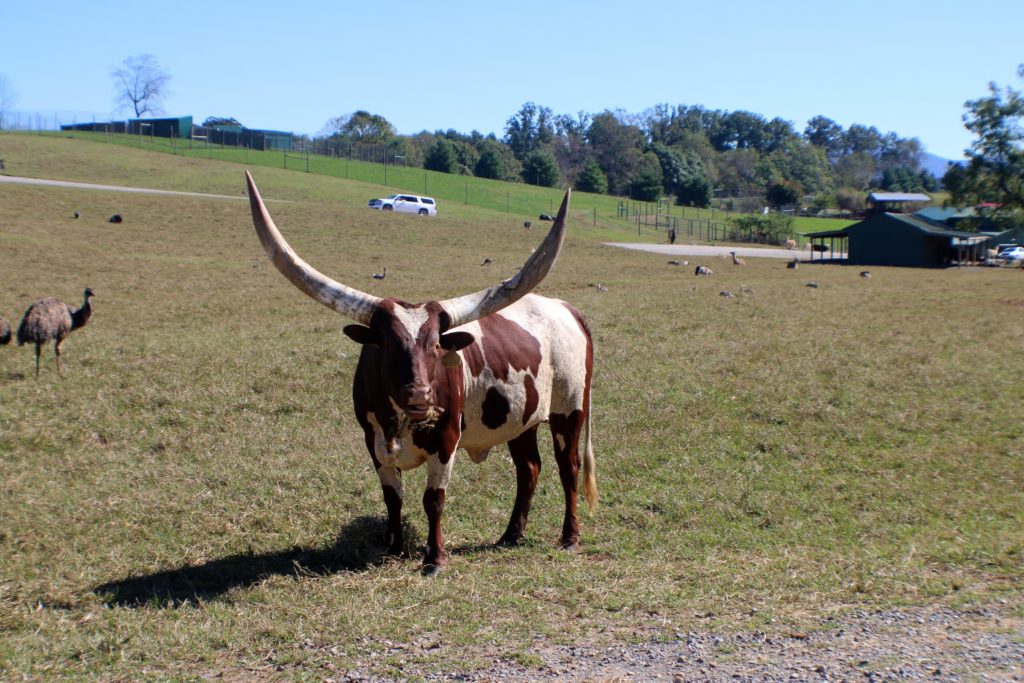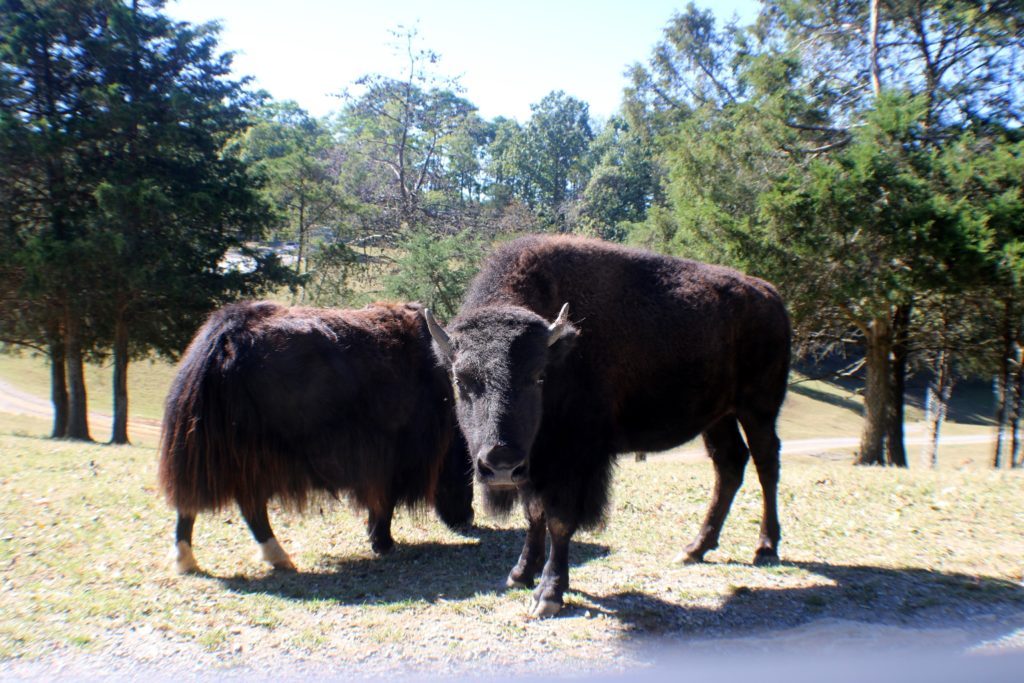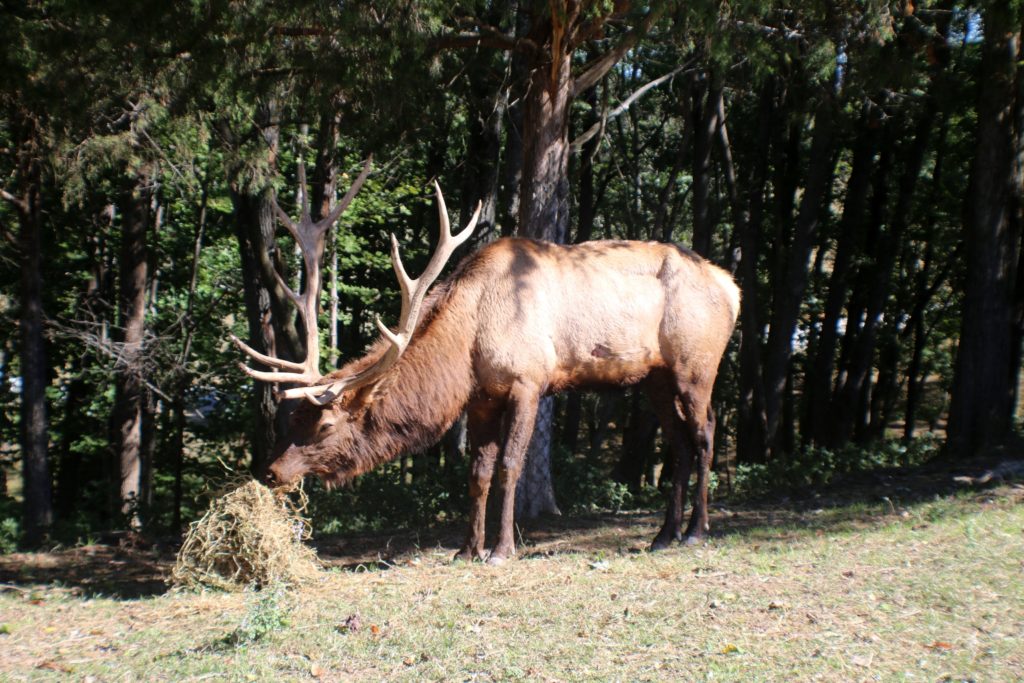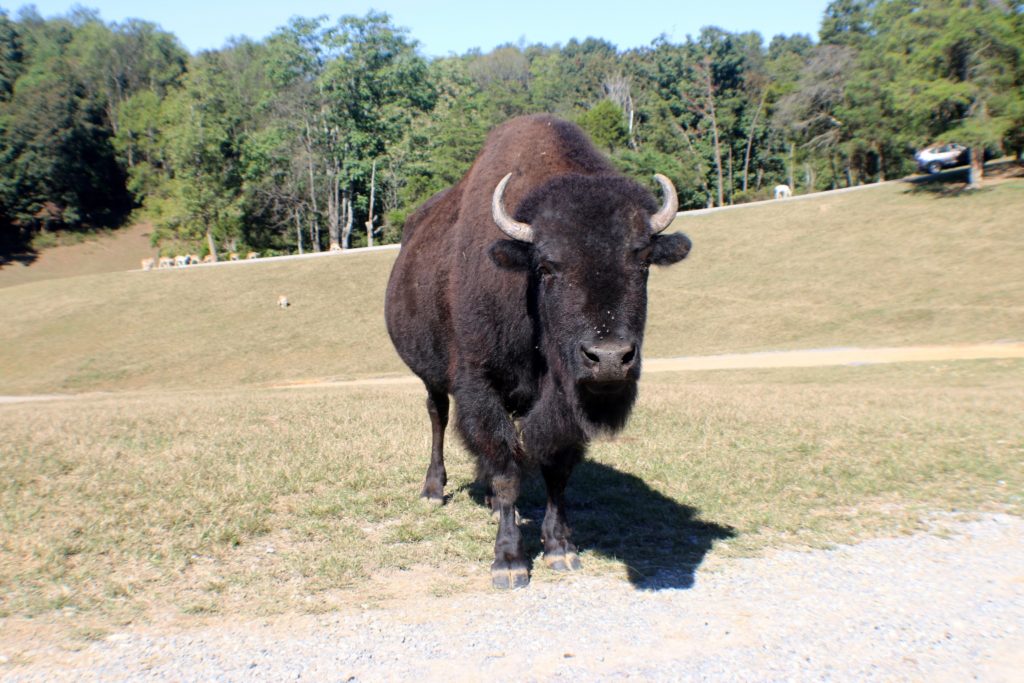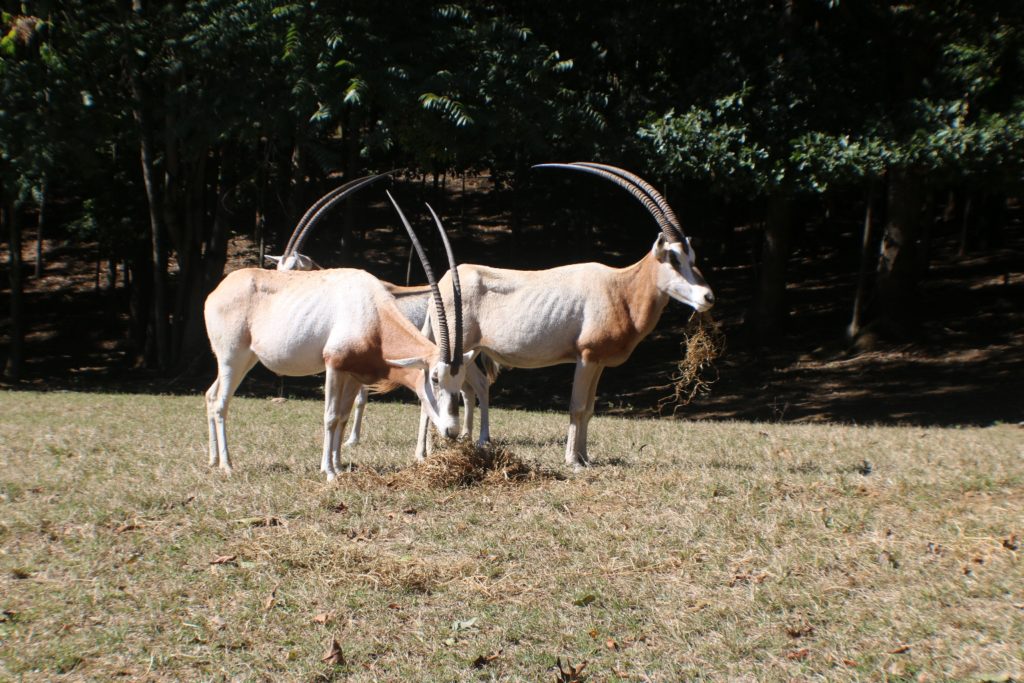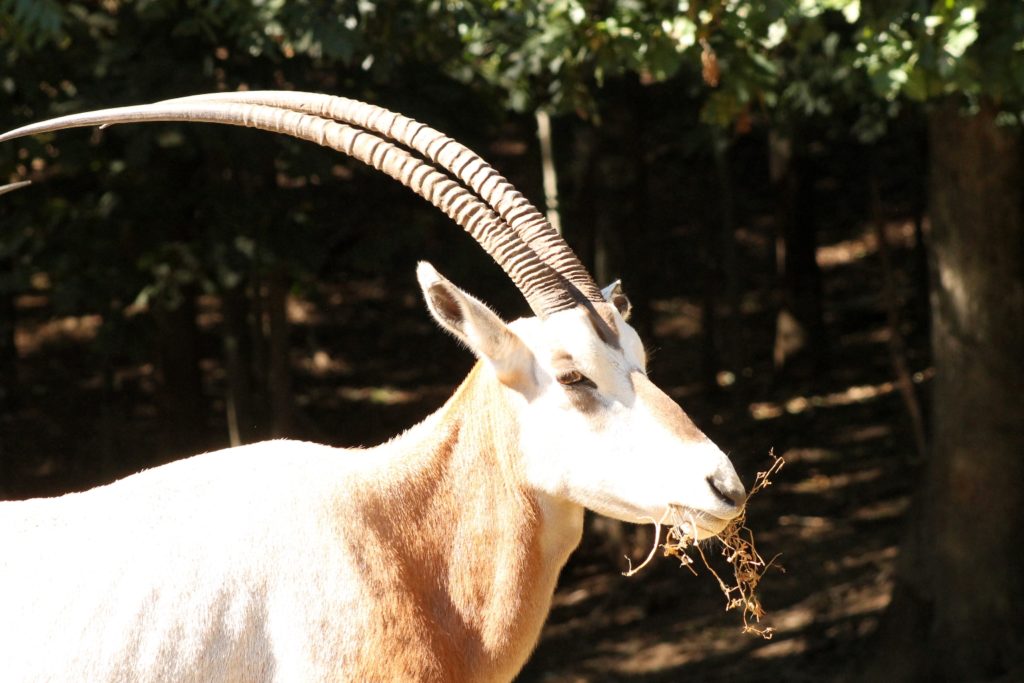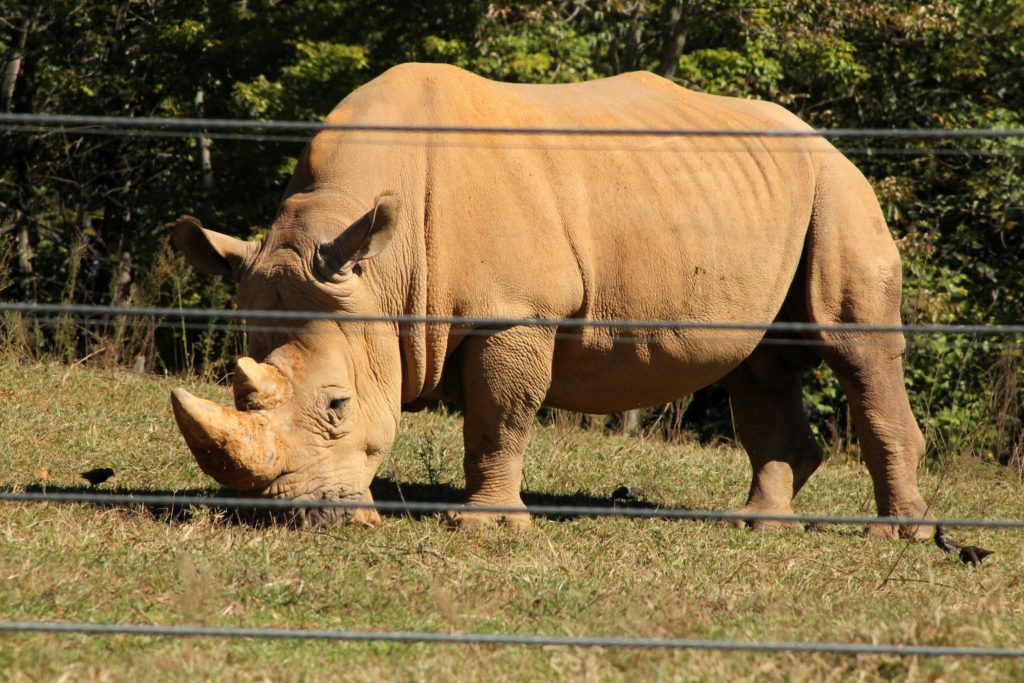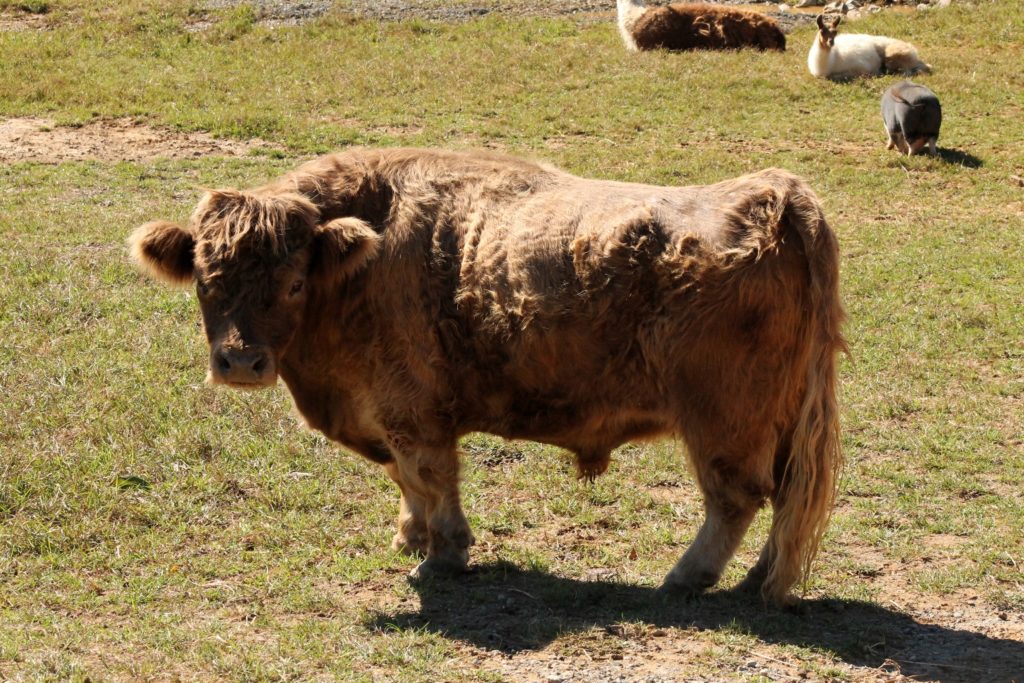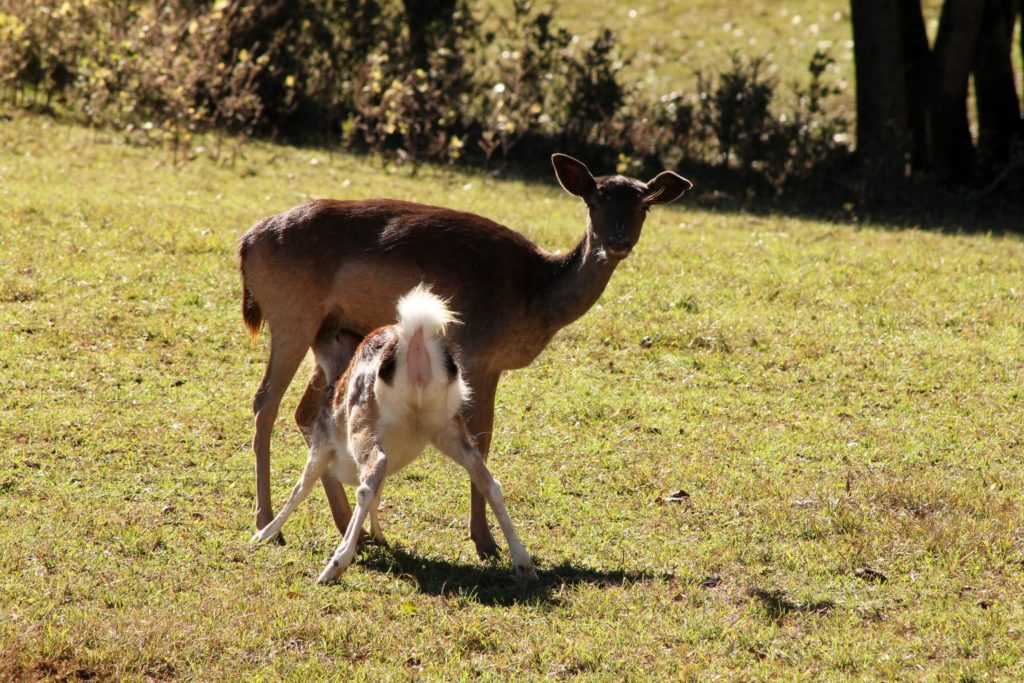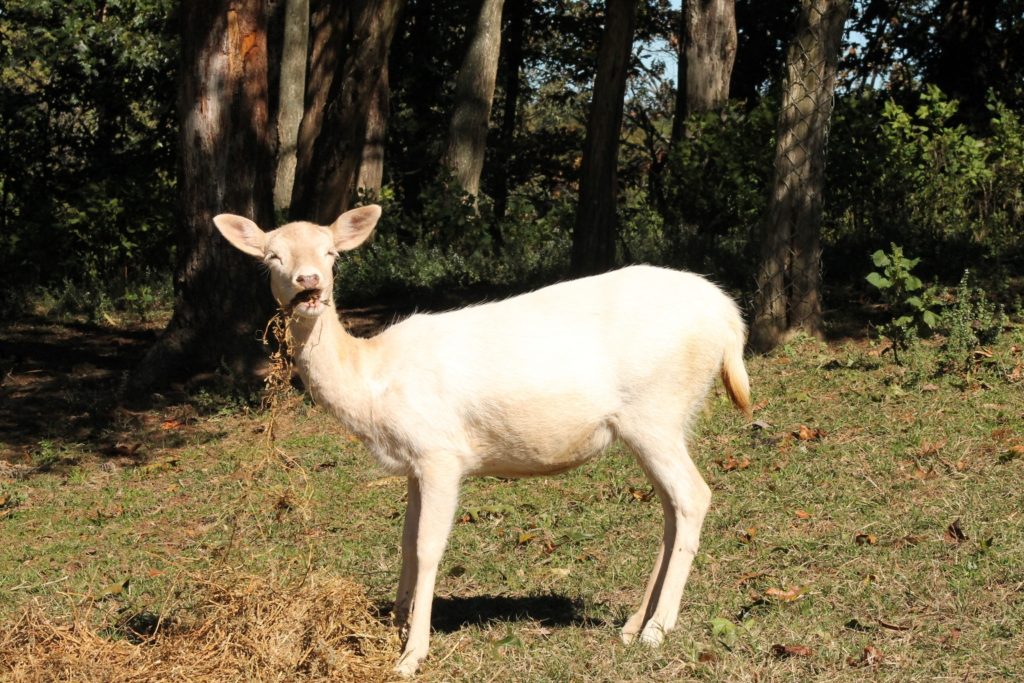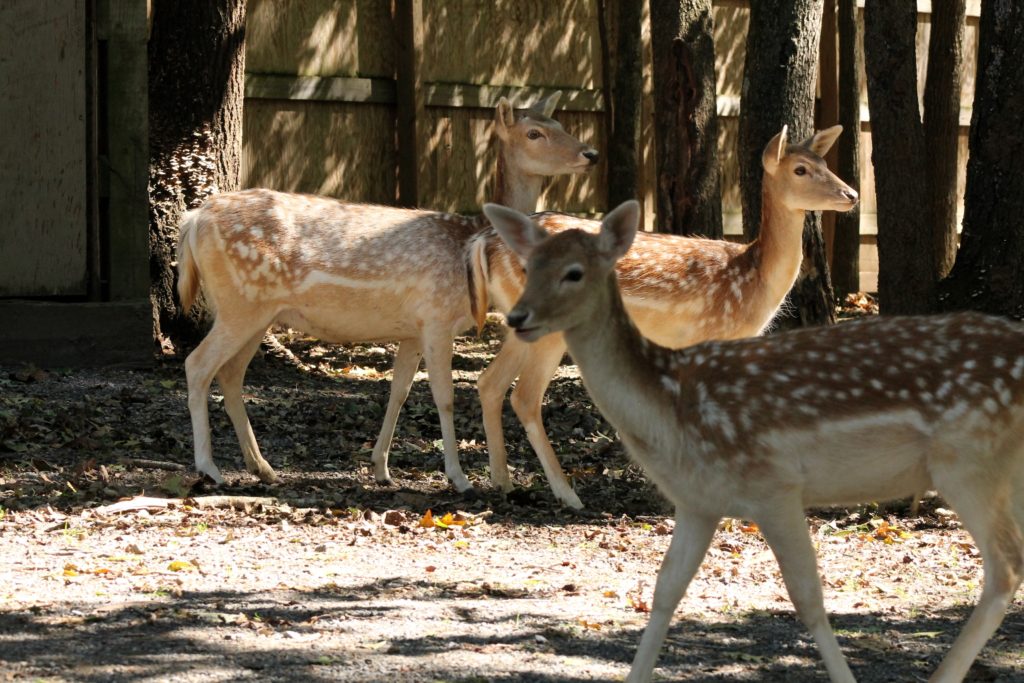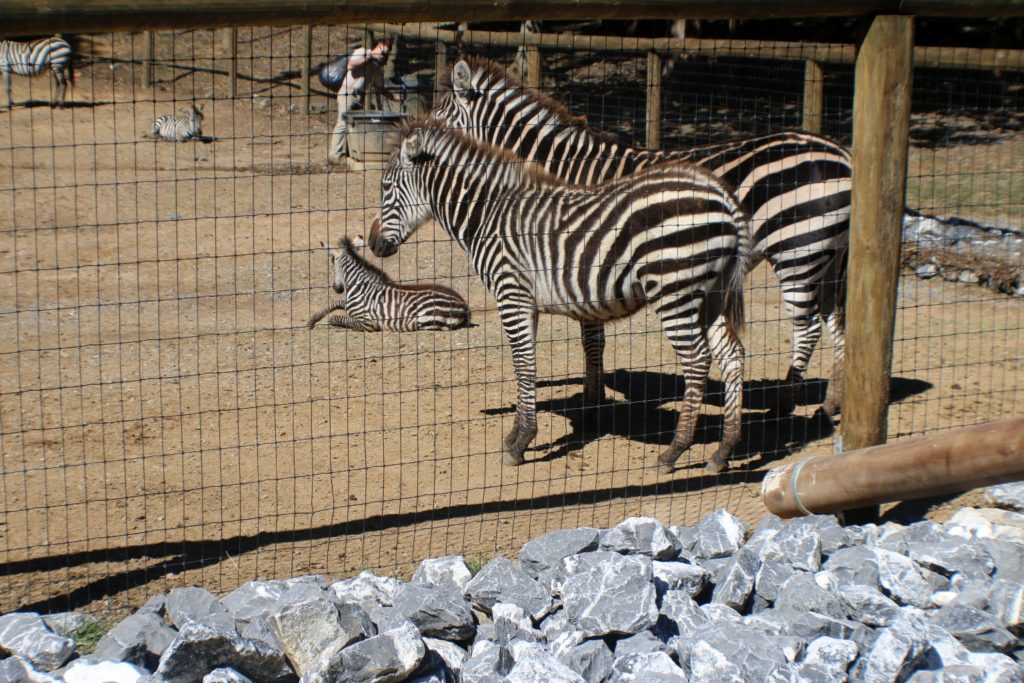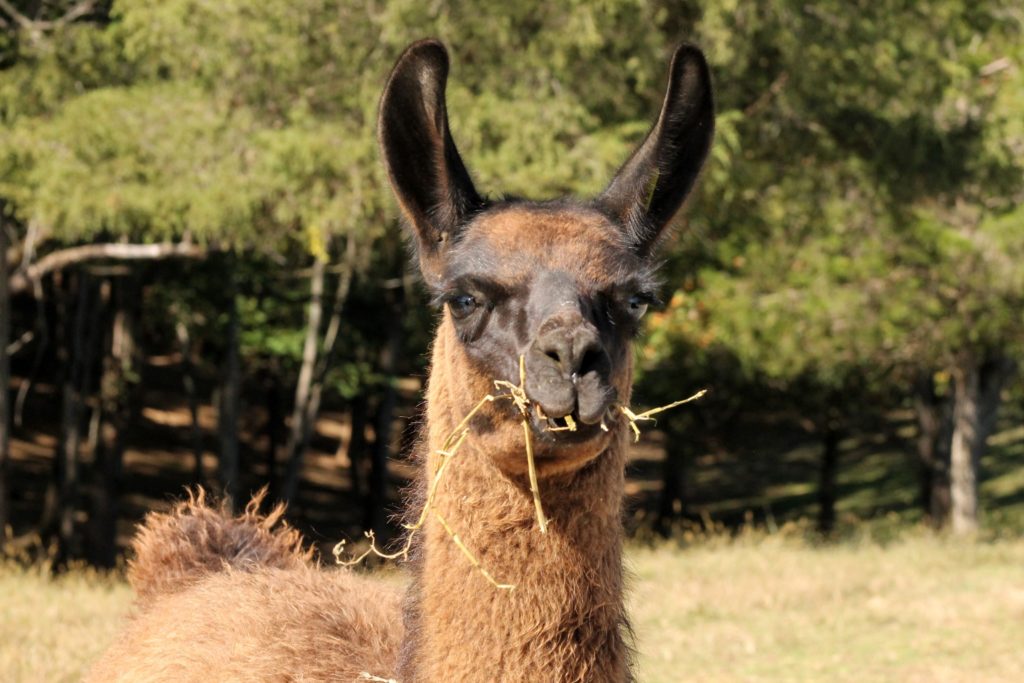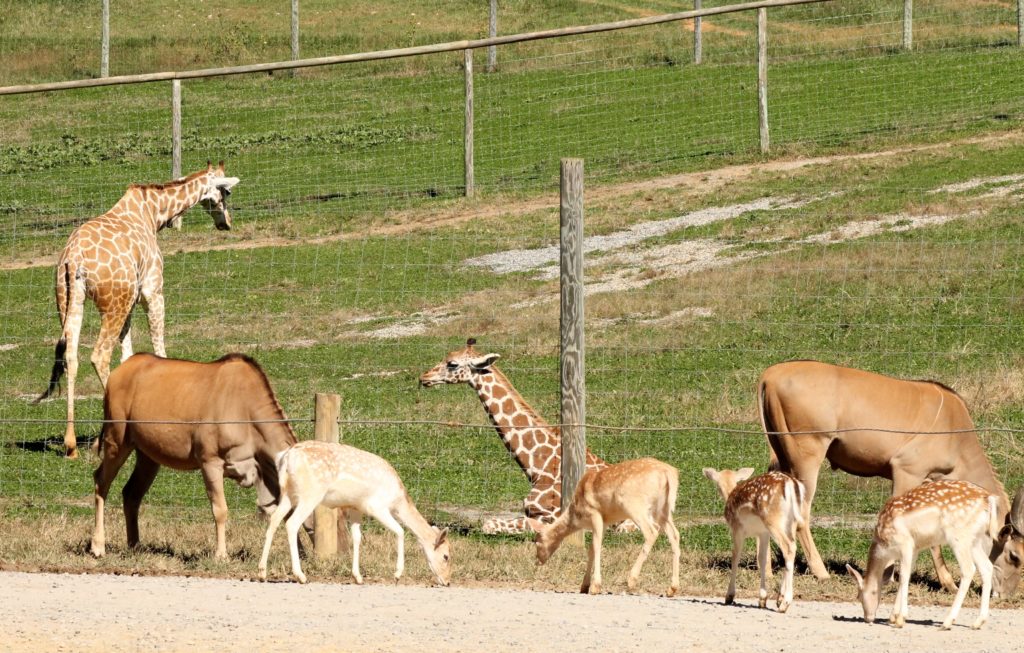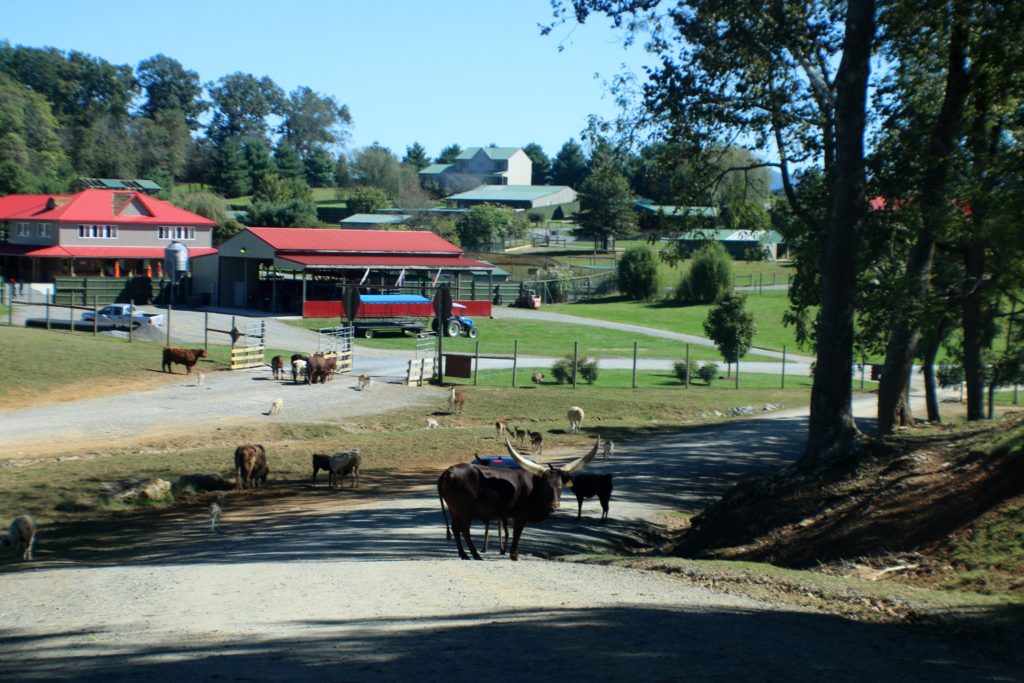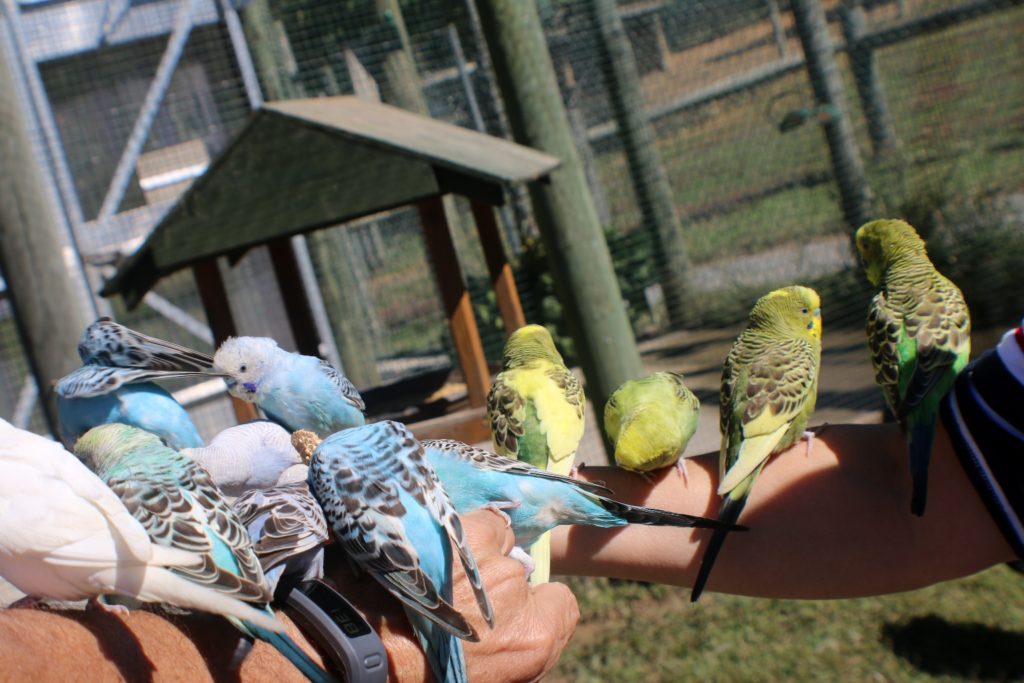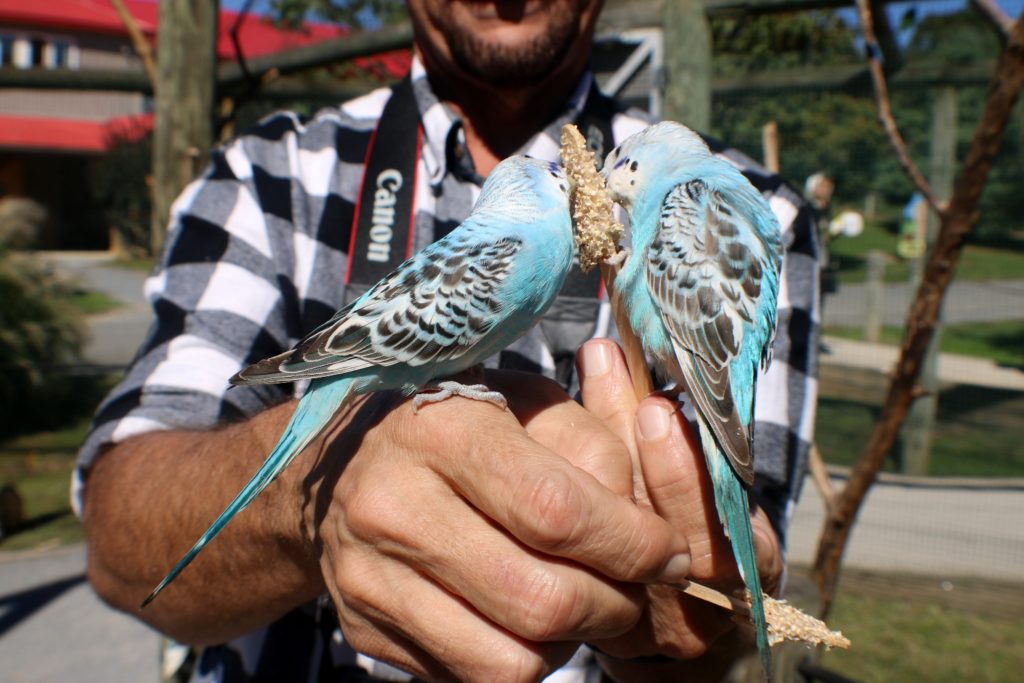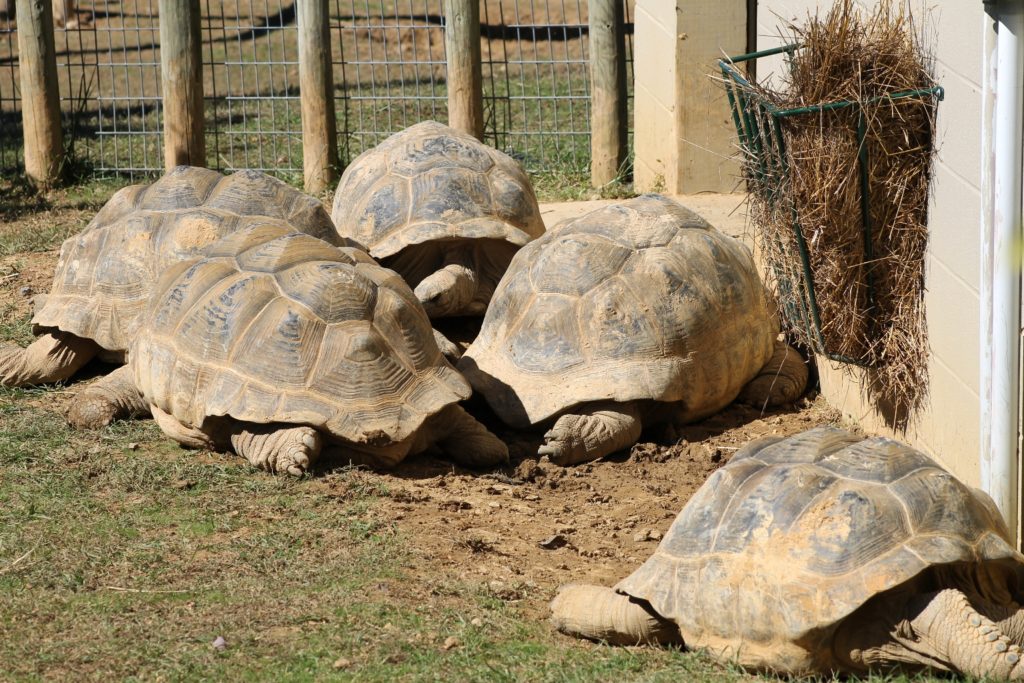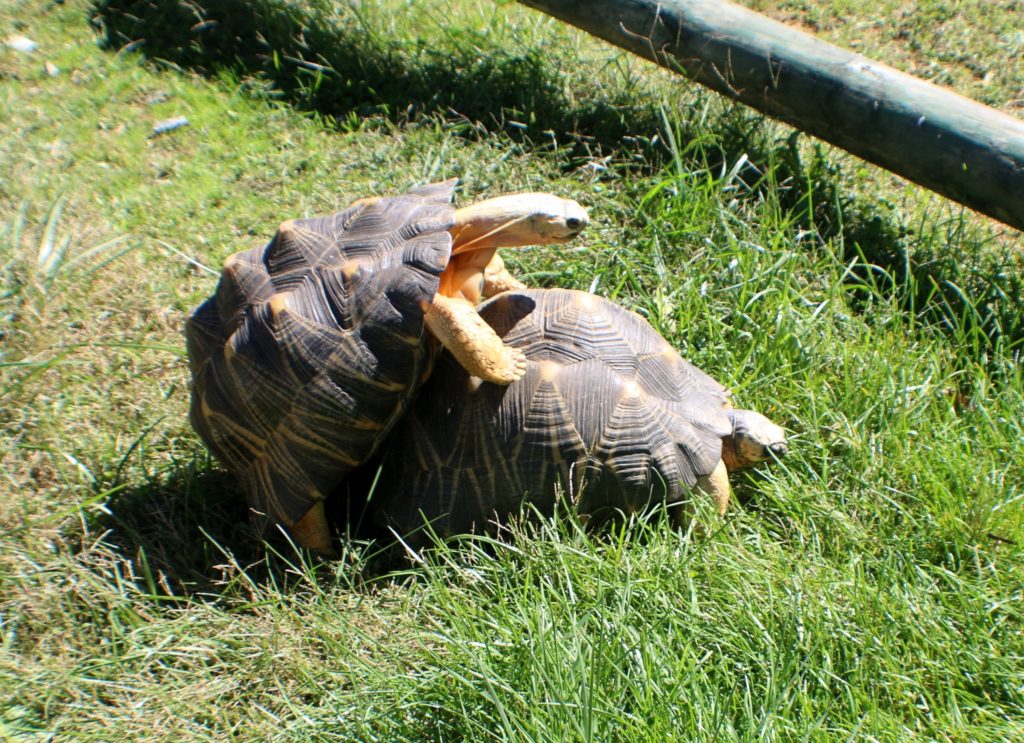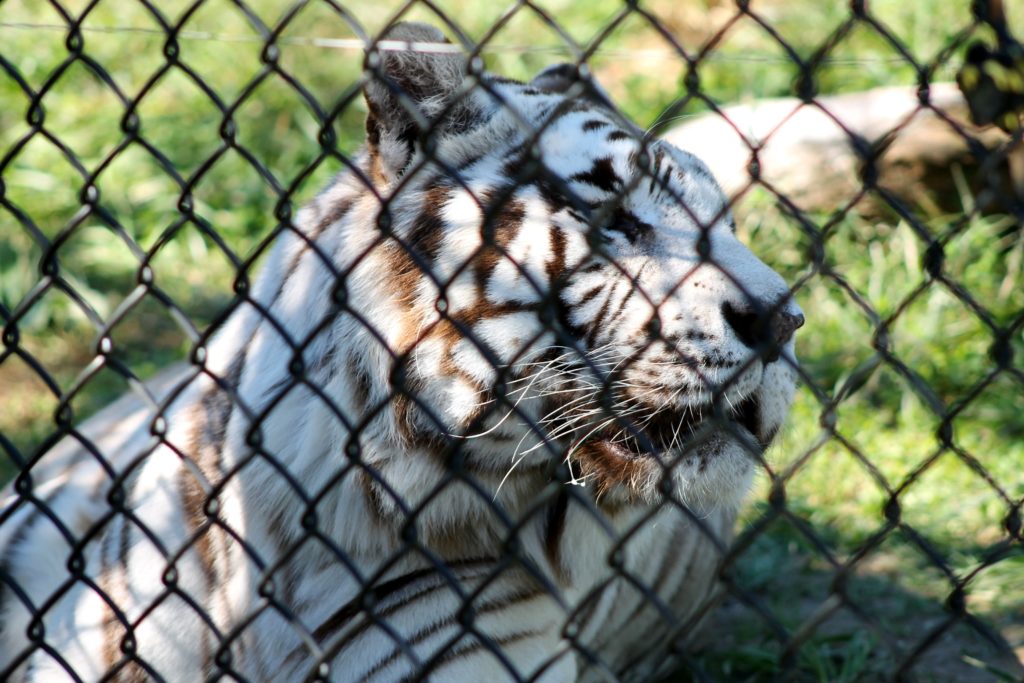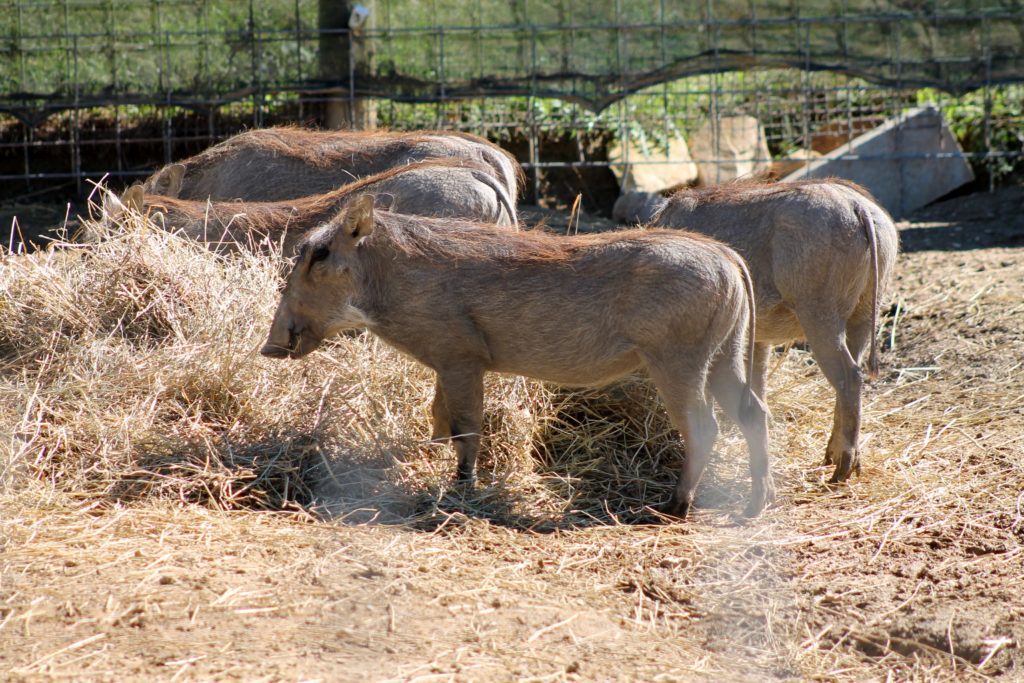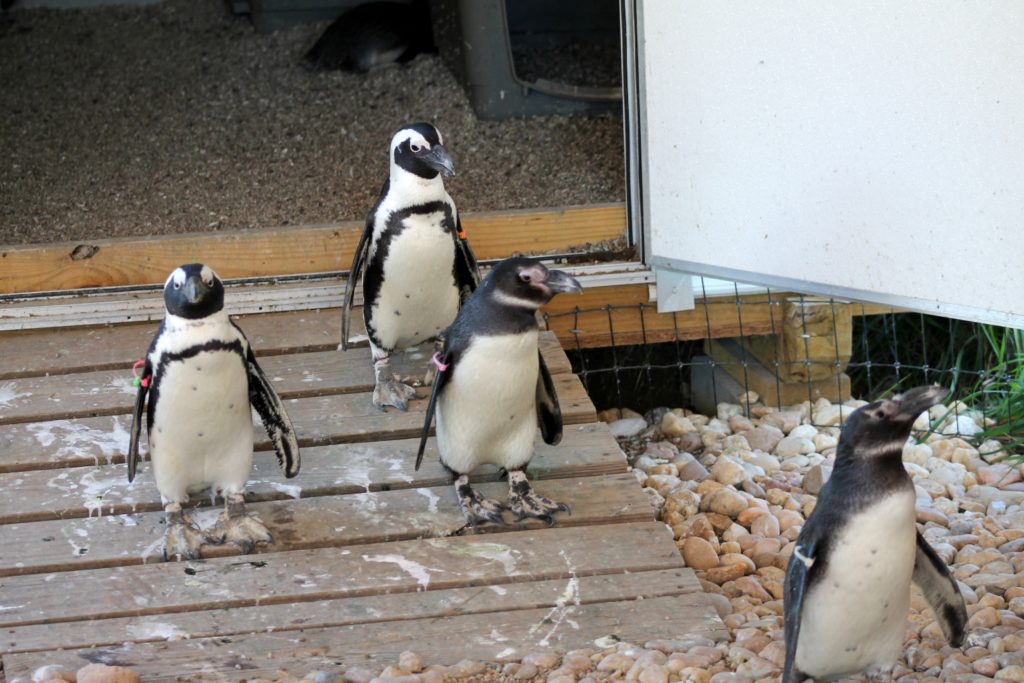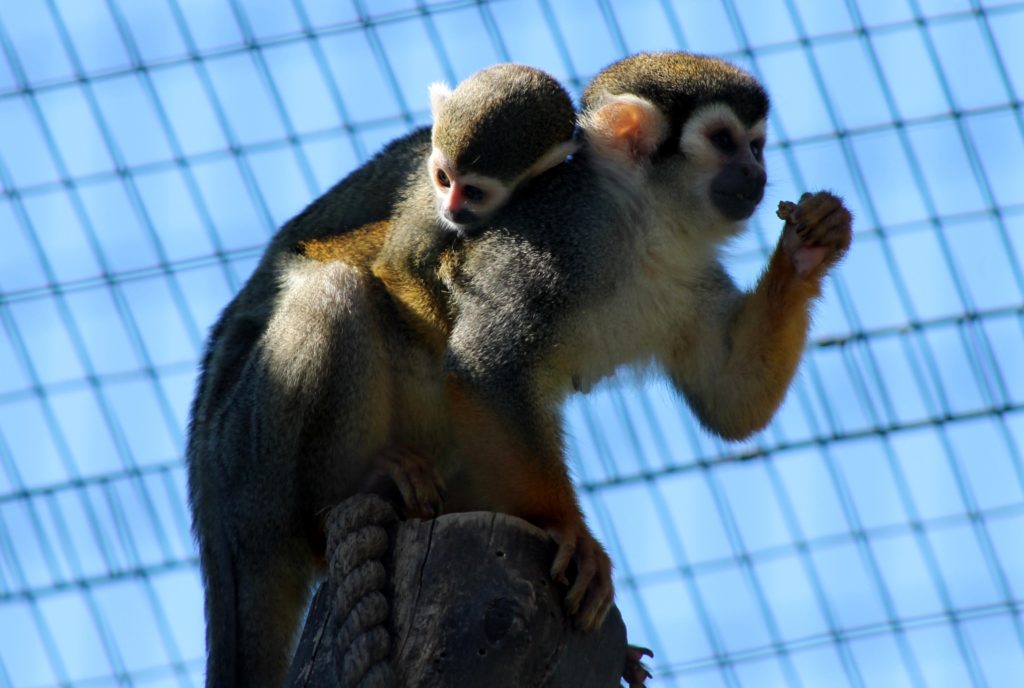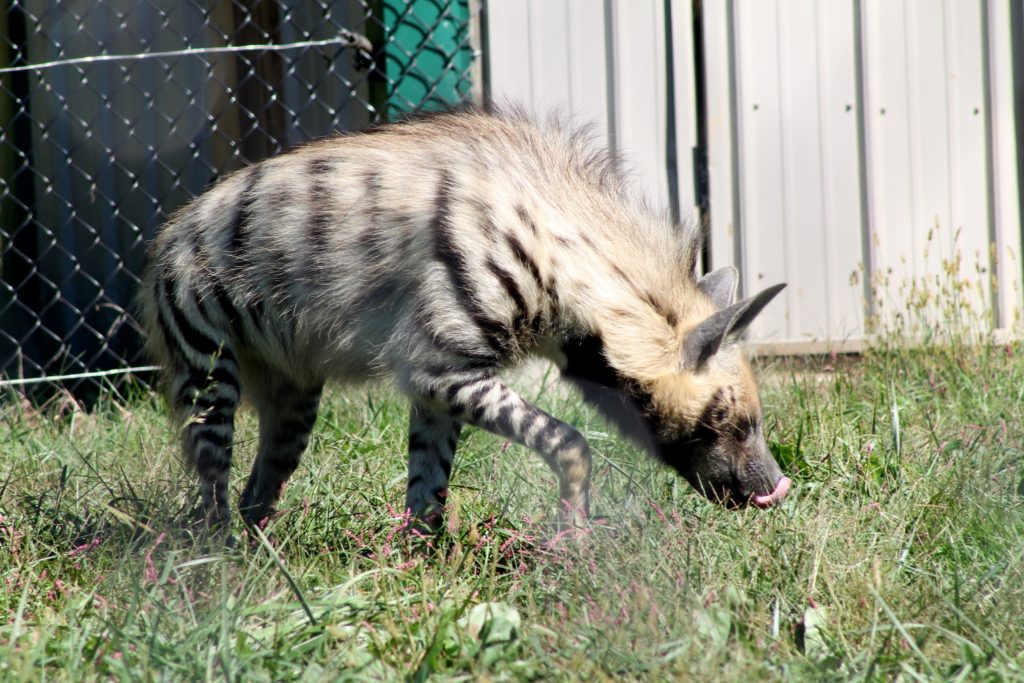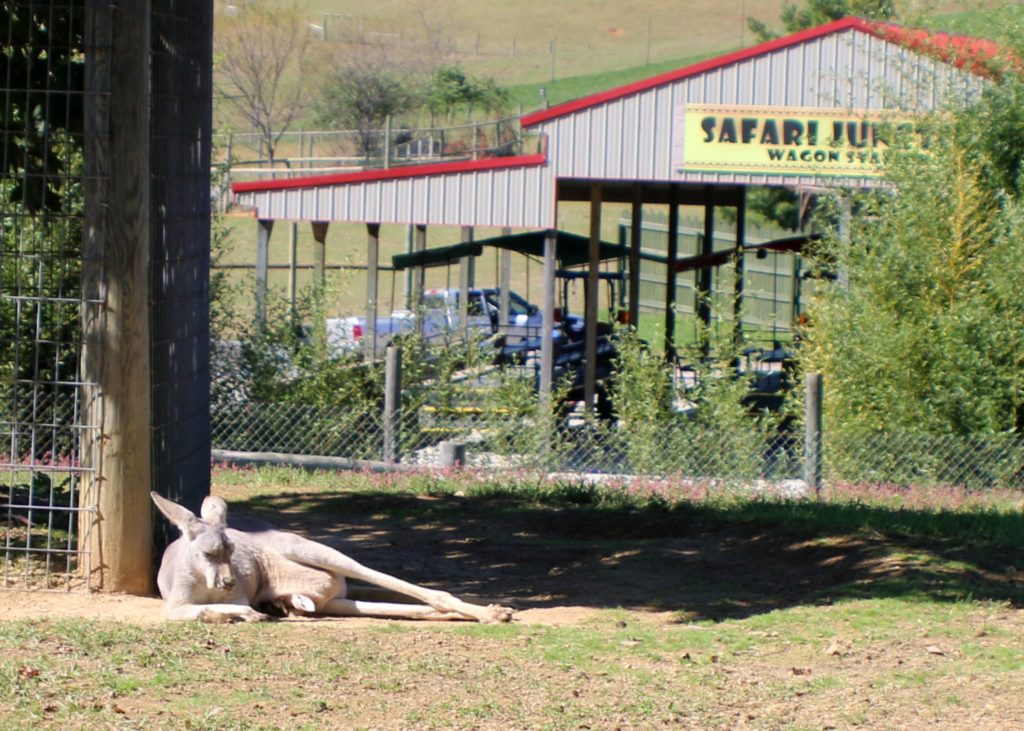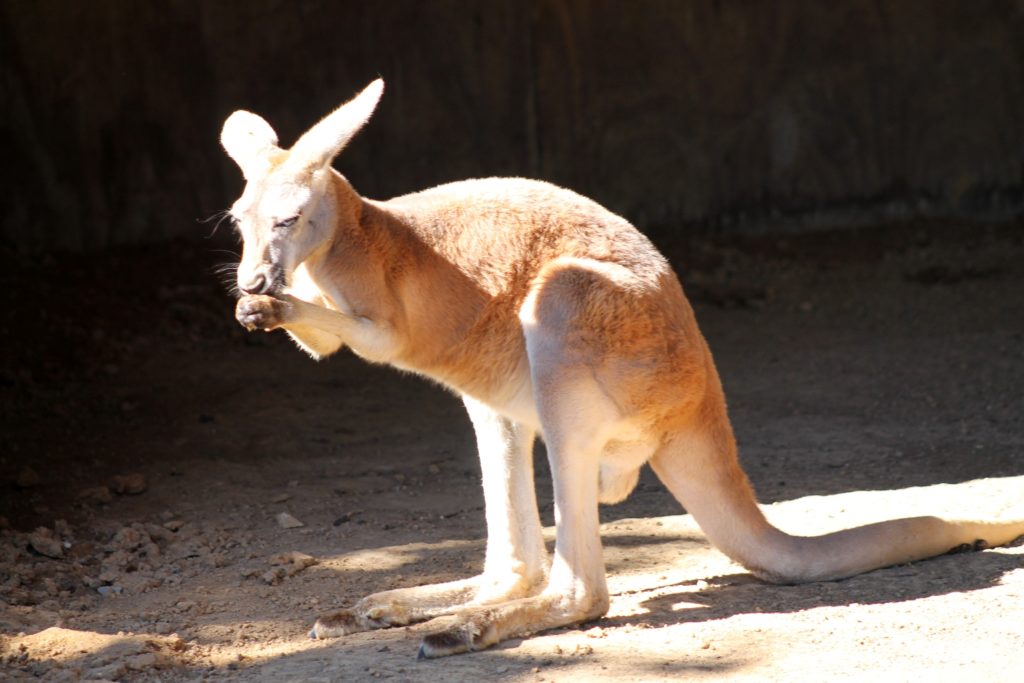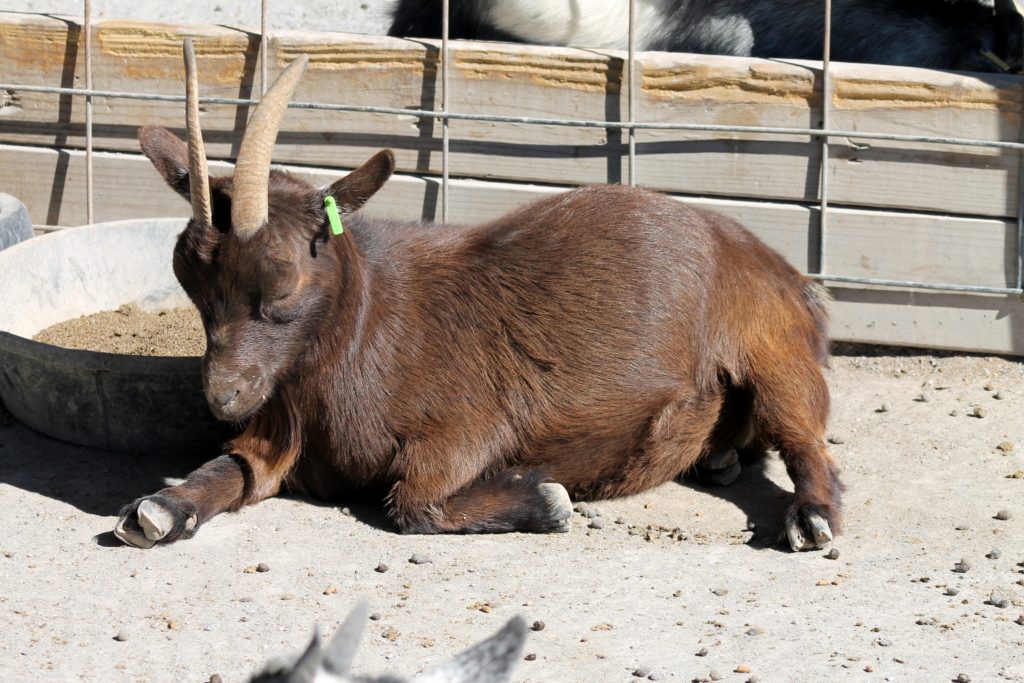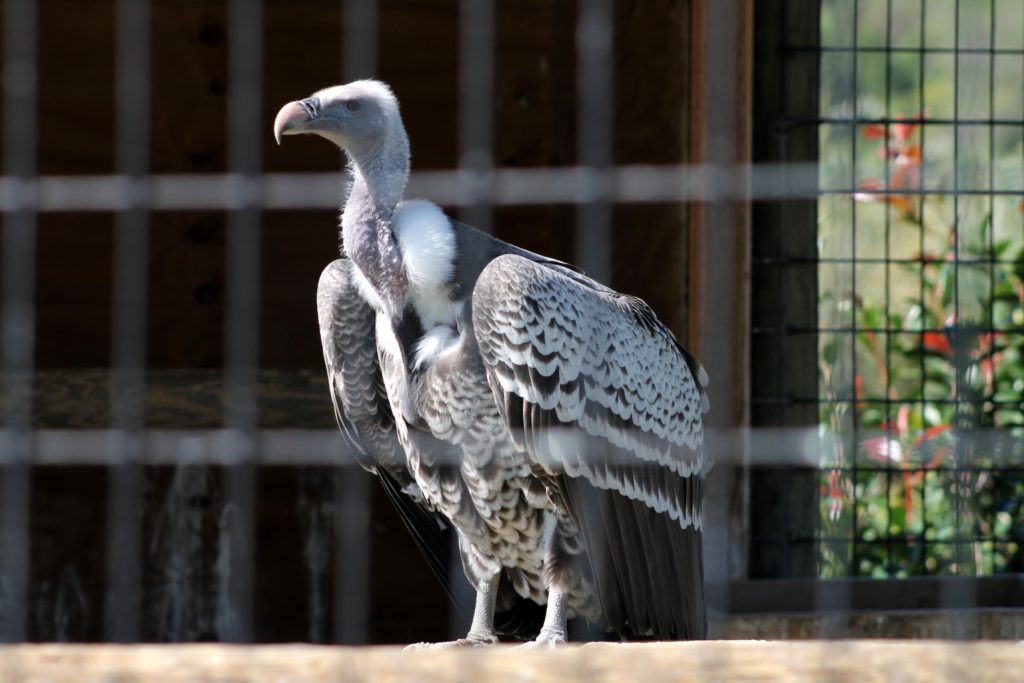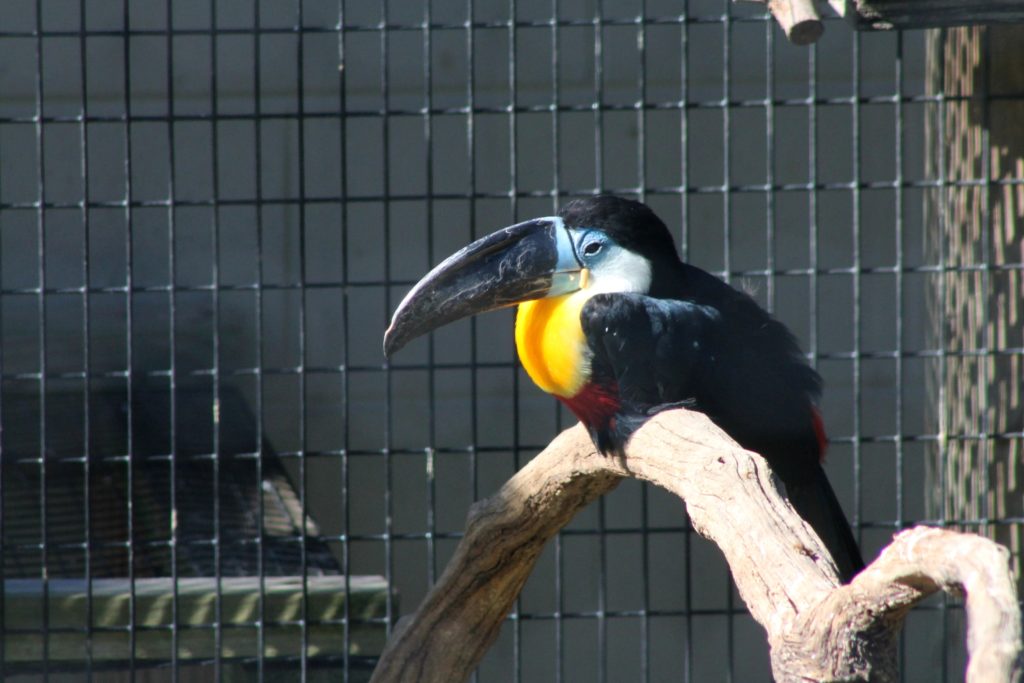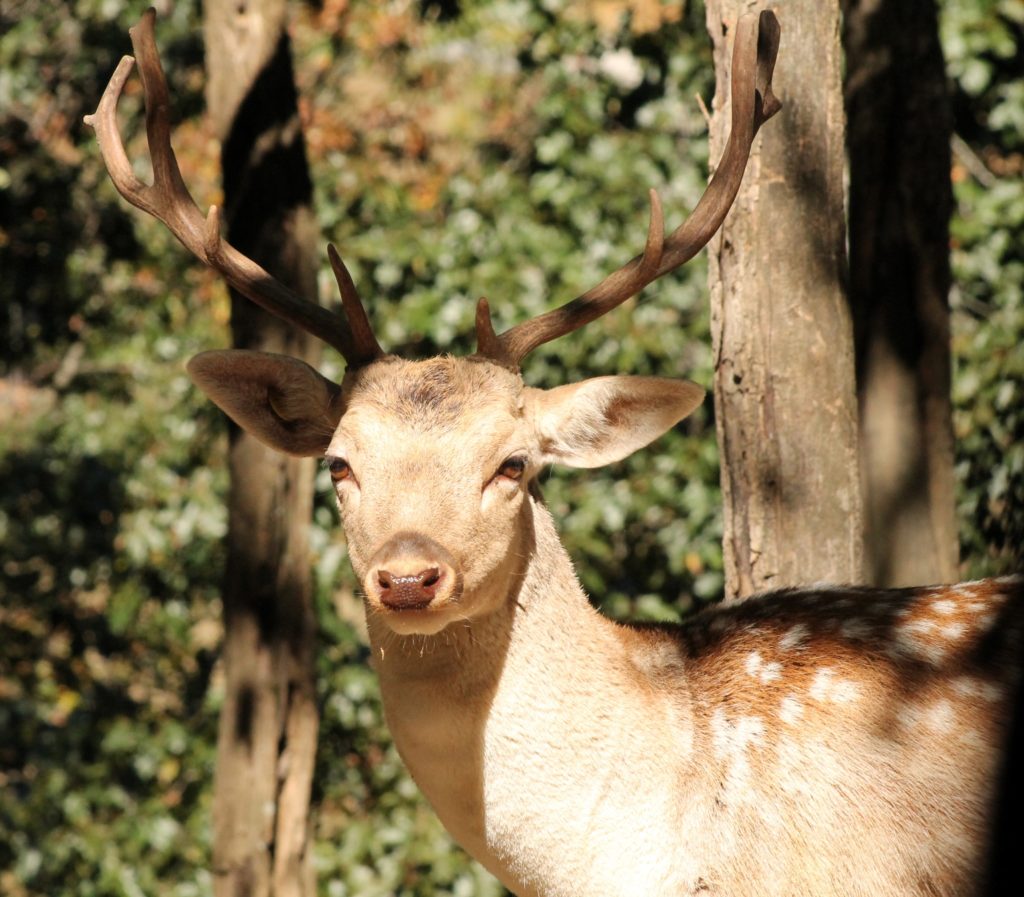
We visited Virginia Safari Park 3 years ago and were really impressed with this unique place. My previous posts can be found here, here and here. Therefore, we decided to repeat this experience again while it was still nice and warm. In 2015, FamilyFun magazine named Virginia Safari Park a Top 10 Animal Attraction in the United States, based on a survey of 2,000 parents.
This is Virginia’s largest, and only drive-thru zoo! 3 miles of safari roads wind through the beautiful Shenandoah Valley countryside, where visitors can have a close look at the animals in a natural environment. Feeding animals from the car window is so much fun!
In addition to the drive-through safari, the park has a Village Walk-Thru that includes a small zoo and a Tiger Territory. For a hands-on or up-close experience, the village also has a petting area with farmyard animals, a kangaroo “walk-about,” a budgie adventure aviary, and a giraffe feeding station.
We bought a few buckets of animal food at the visitors center and drove to the gate. A view from the visitor center.
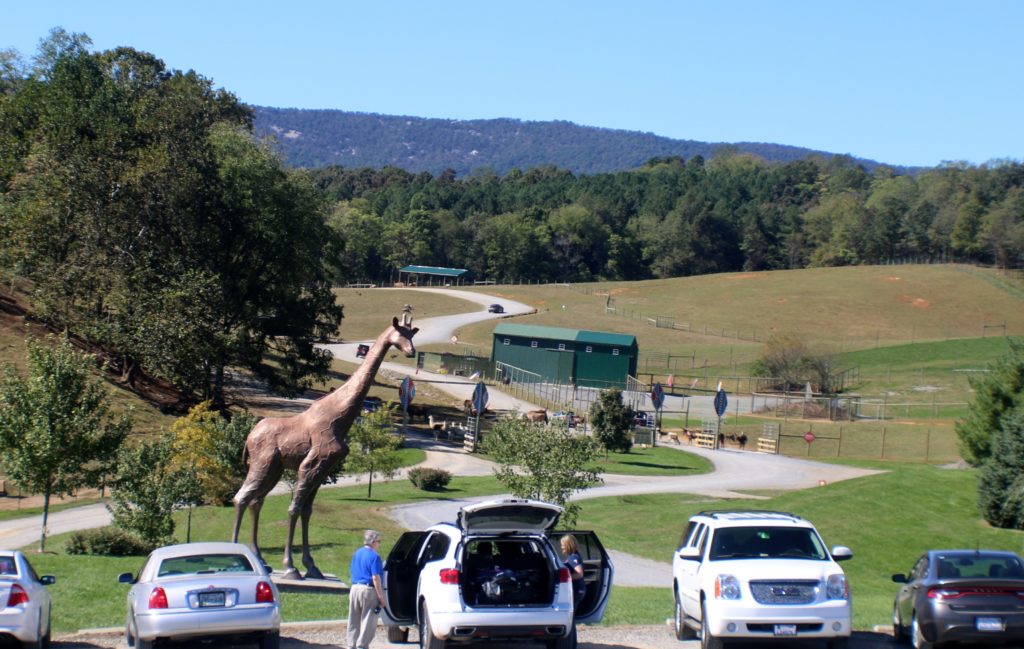
Animals were waiting for us at the gate. The first one we fed was this watusi. The Ankole-Watusi, also known as Ankole Longhorn, is a landrace breed of cattle originally native to Africa. Its large distinctive horns that can reach up to 8 ft from tip to tip are used for defense and cooling by honeycombs of blood vessels. Feeding the watusi was fun, but we felt that the horns could scratch our car, so we moved ahead. Actually, a park brochure doesn’t recommend feeding watusis and I can see why.
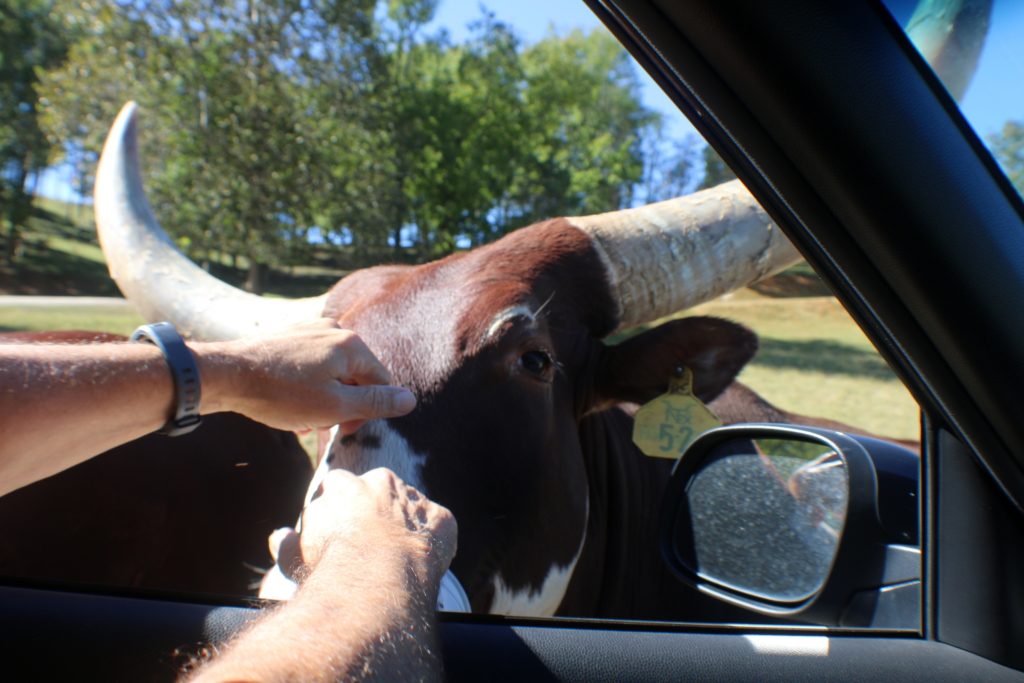
This moose or Rocky Mountain Elk looks familiar. I think we fed him last time we visited the park.
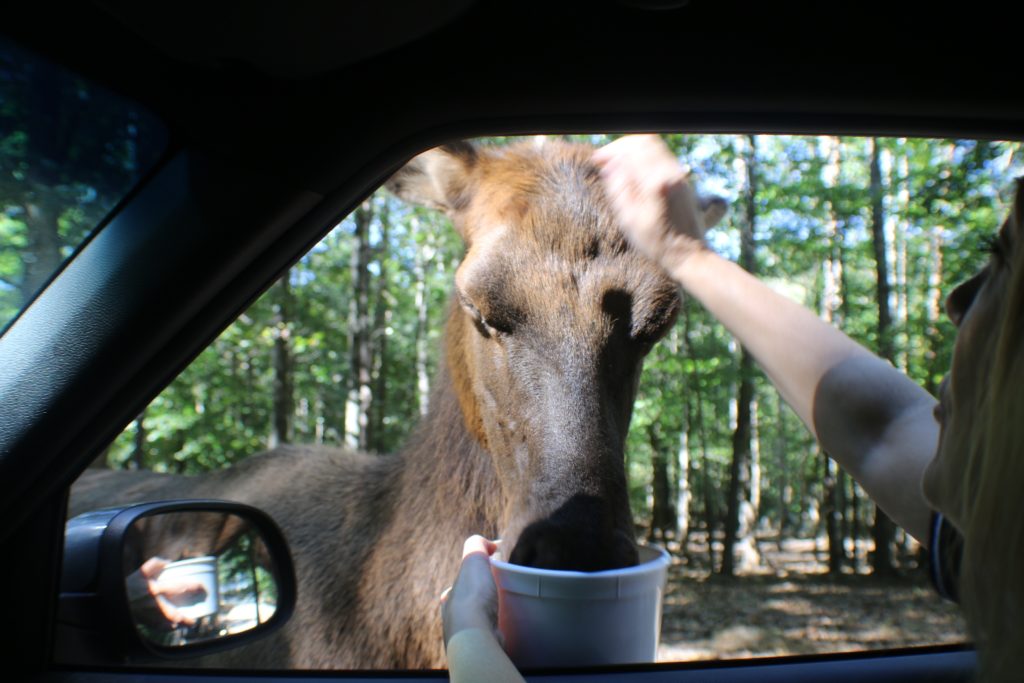
Beautiful Nilgai Antelope.
Emu is coming up to see if we have food.
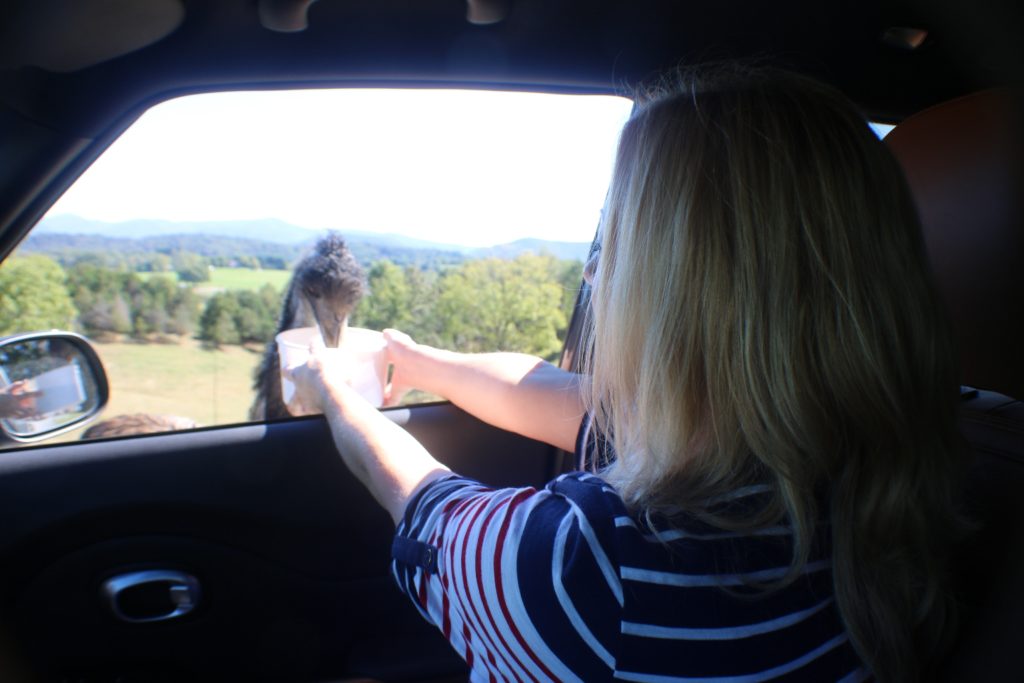
Llamas are the most demanding. 🙂
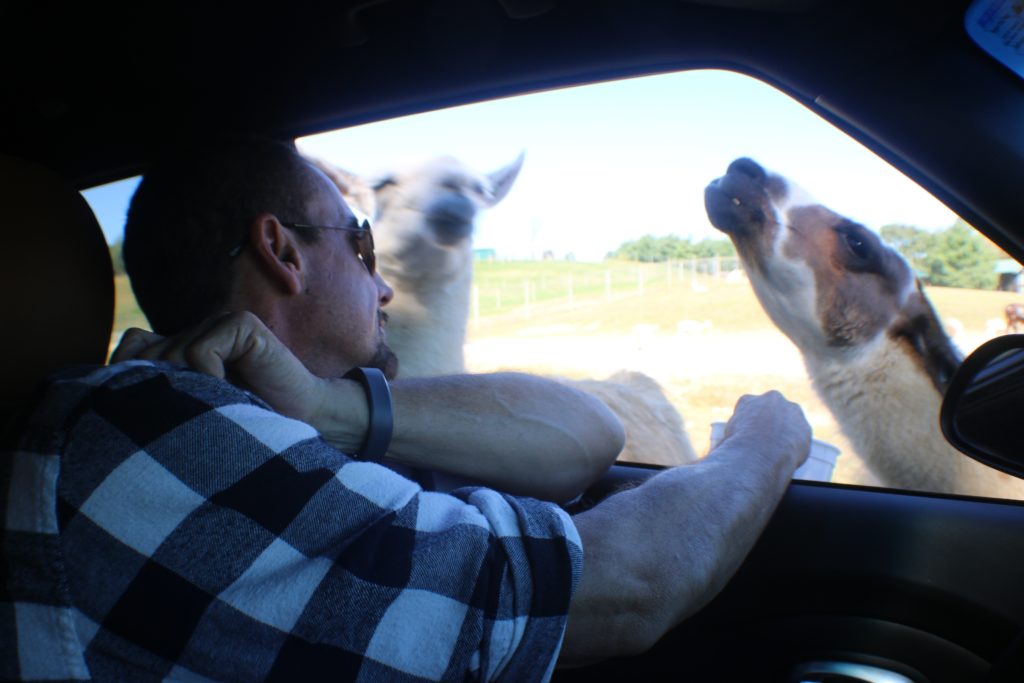
We could see more animals on our way as we drove further into the park.
The Arabian oryx or white oryx antelopes have long horns.
Animals feel very comfortable receiving food from people and they are not afraid of the cars at all.
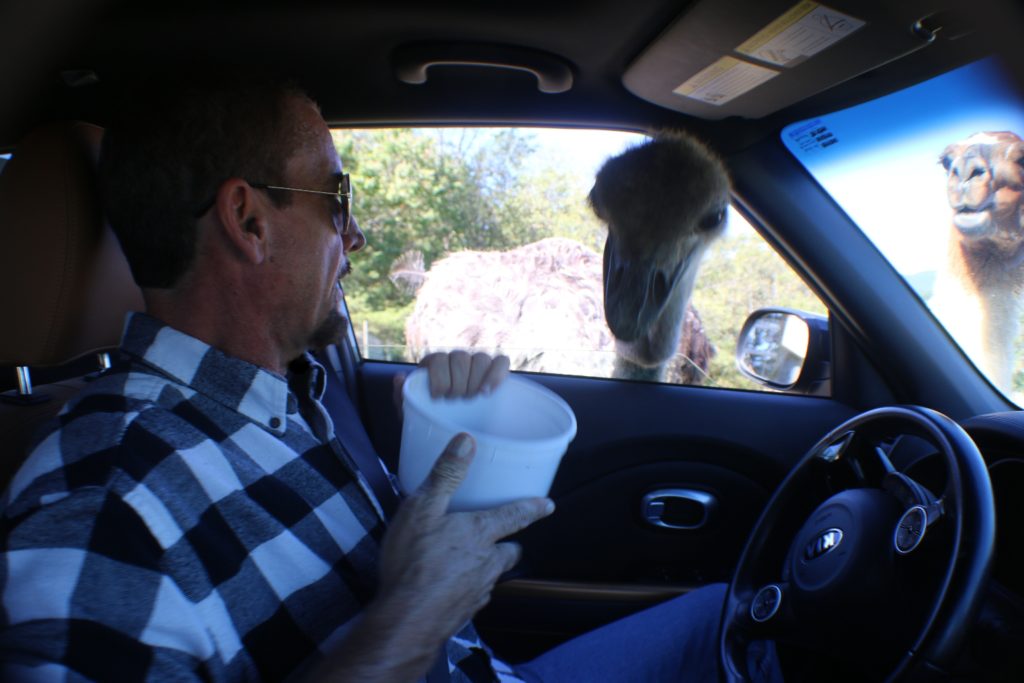
Rhino.
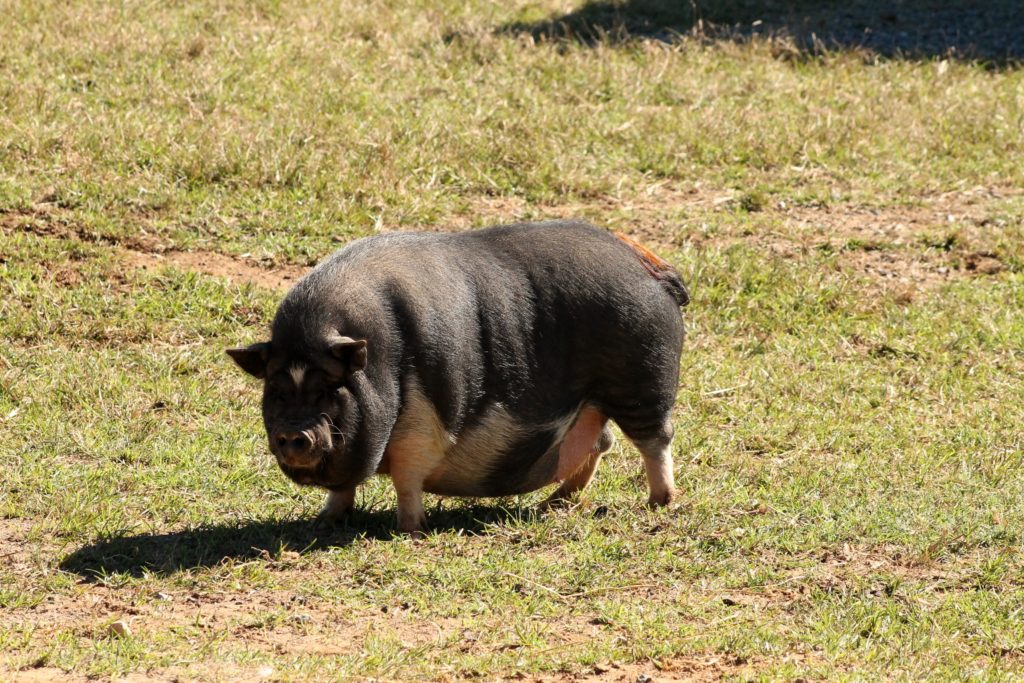
a Blackbuck antelope.
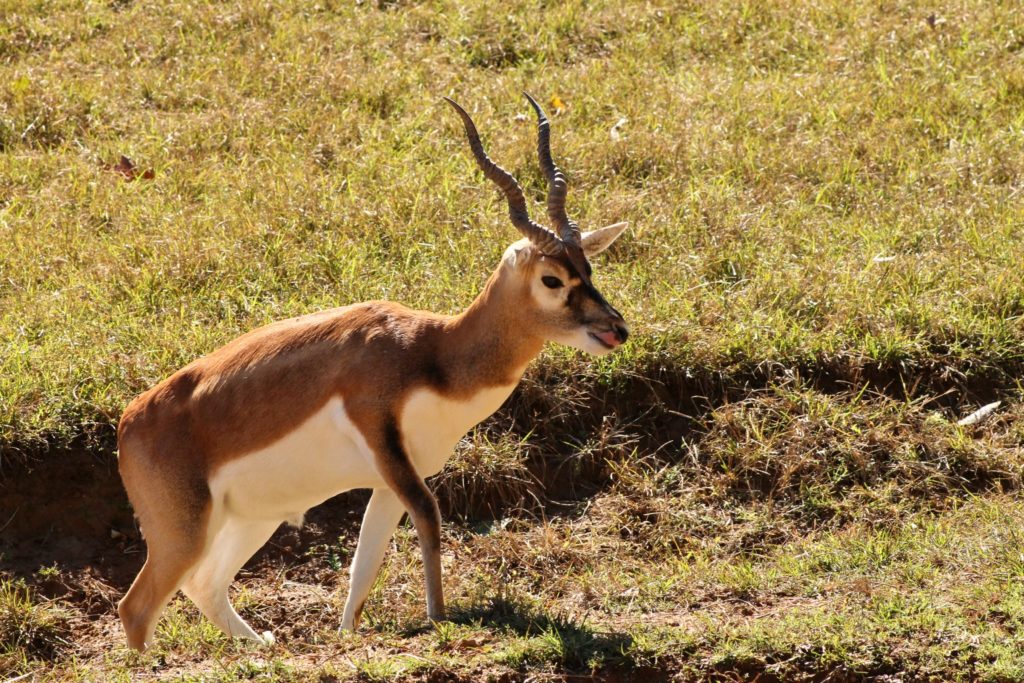
This one is nursing a baby.
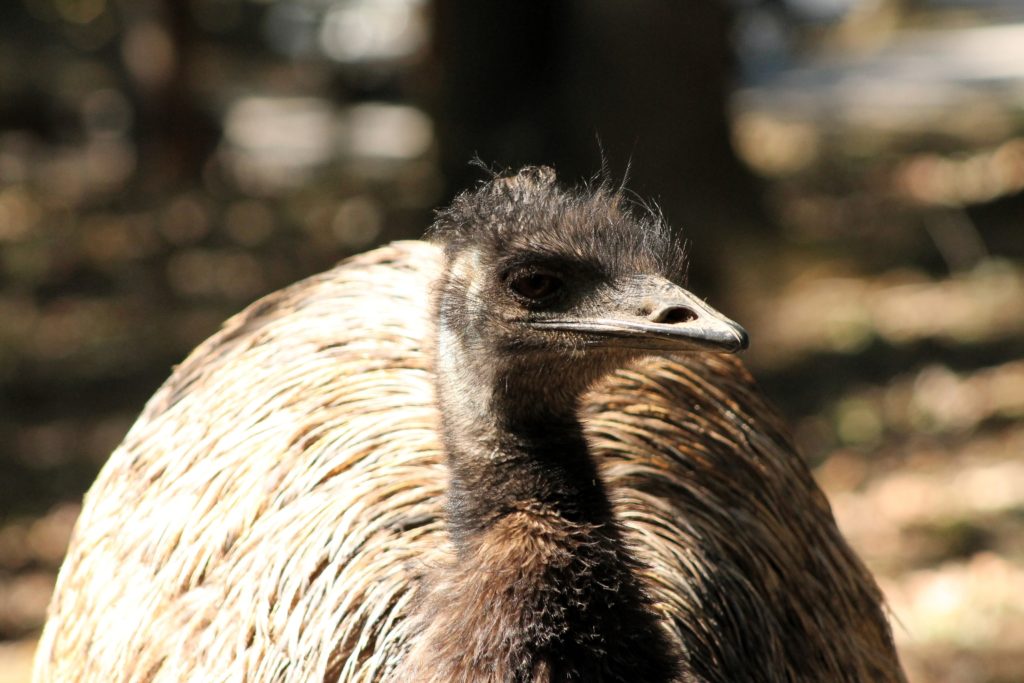
Zebras. During our last visit they were roaming around freely. Although we were warned not to feed them.
Llama’s portrait.
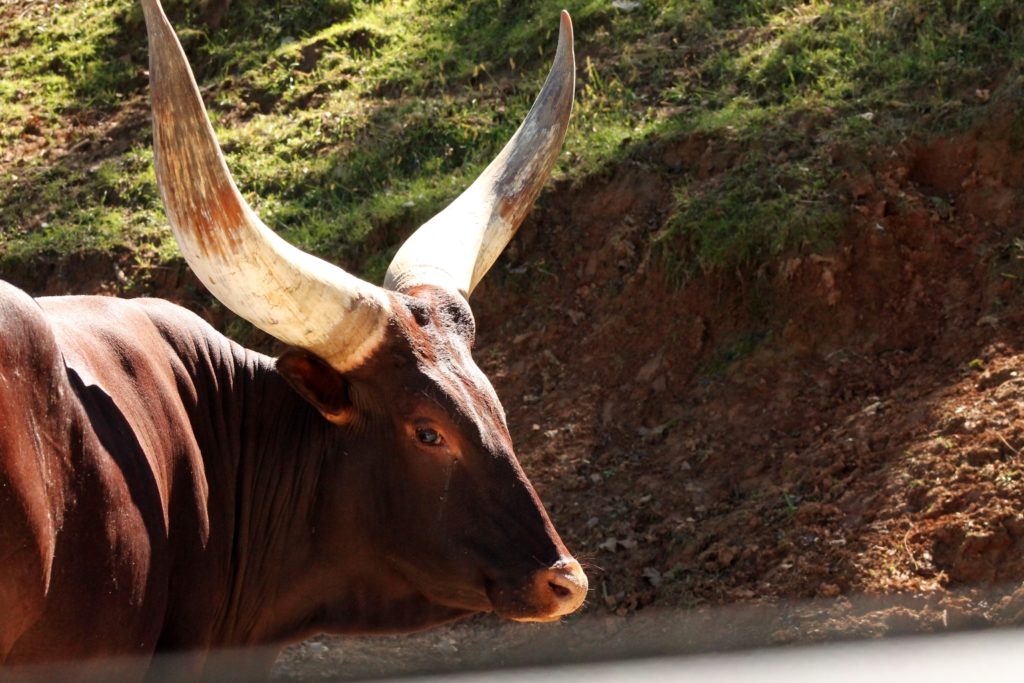
Passing the giraffes’ station, so the exit is close.
Approaching the park’s exit. This time we left some food for the animals at the gate and fed them.
Next, we went to the Safari Village. We started with the Budgie Adventure Aviary, which was full of these incredibly colorful, sweet and gentle birds. I am glad we bought a couple of budgie feed sticks covered in seeds. They attracted the birds which would land and perch on our hands to get a treat. There are some interesting facts about budgies, that I copied from the park’s web site.
Did You Know?
- Due to their gentle nature and small size, budgies are the most popular pet bird in the world!
- Australian farmers sometimes consider budgies to be pests since they can travel in large flocks and raid crops.
- Budgies, like all parrots, have 2 toes that face forward and 2 that face backwards!
- Boy or Girl? Look at the area where the nostrils are located. If that area is blue it is a boy, if it is brown or tan it is a girl.
- Budgies have between 2,000 and 3,000 specialized feathers on their bodies! Each type of feather has an important job to do from helping the budgie fly to keeping it warm.
- On average a budgie takes 65 to 85 breaths per minute!
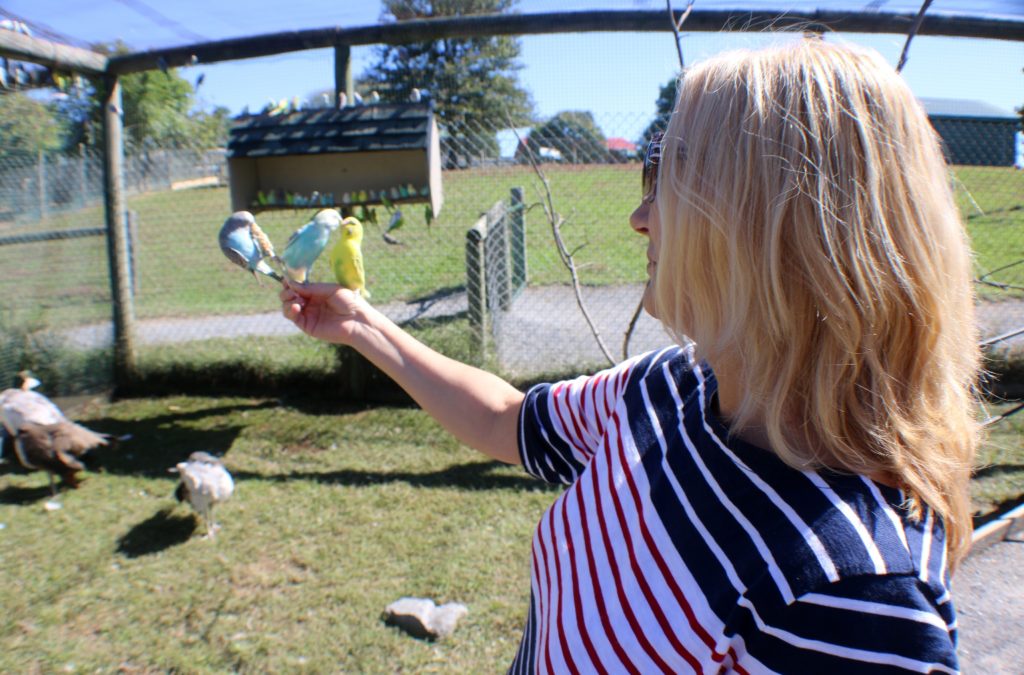
One budgie feed stick, by the way, lasts for a good while, so we could enjoy watching the birds for a bit.
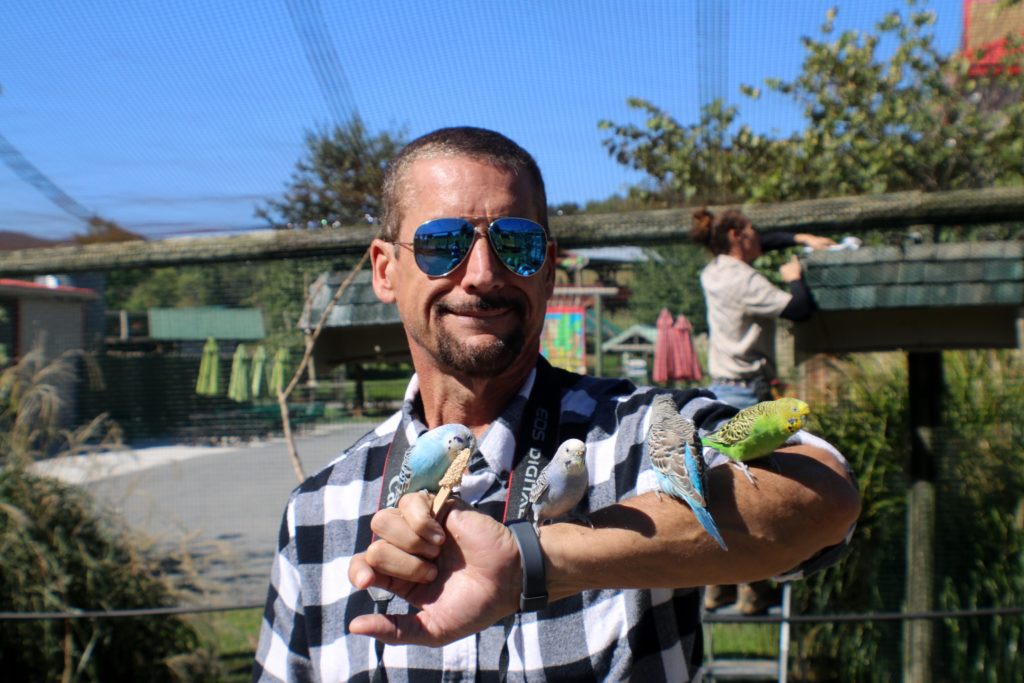
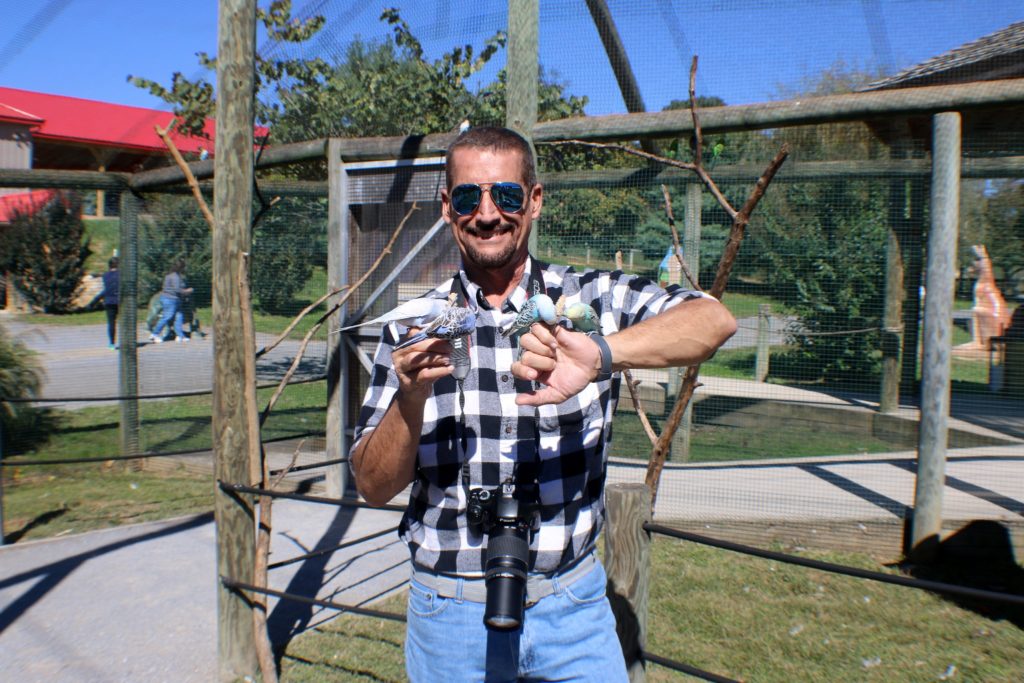
The food is almost gone, but the birds are still finding some seeds.
After that we headed to the giraffe feeding station. We took a ramp to the covered platform, where we bought some special grain available at the feeding station vending machines for feeding the giraffes out of our hands. The giraffe feeding is a highlight of any zoo trip!
Did You Know?
- Male giraffe can grow up to 18 feet tall!
- The patterns on each giraffe are unique, so no two are ever alike.
- Giraffe babies are born already 6 feet tall – Now that’s a big baby!
- Mother giraffe are pregnant for 14.5 months!
- Even though their necks are very long, giraffe have the same number of vertebra in their necks as humans do, only 7!
- Giraffe tongues are 18 inches long and are a unique black or dark gray color. See it for yourself!
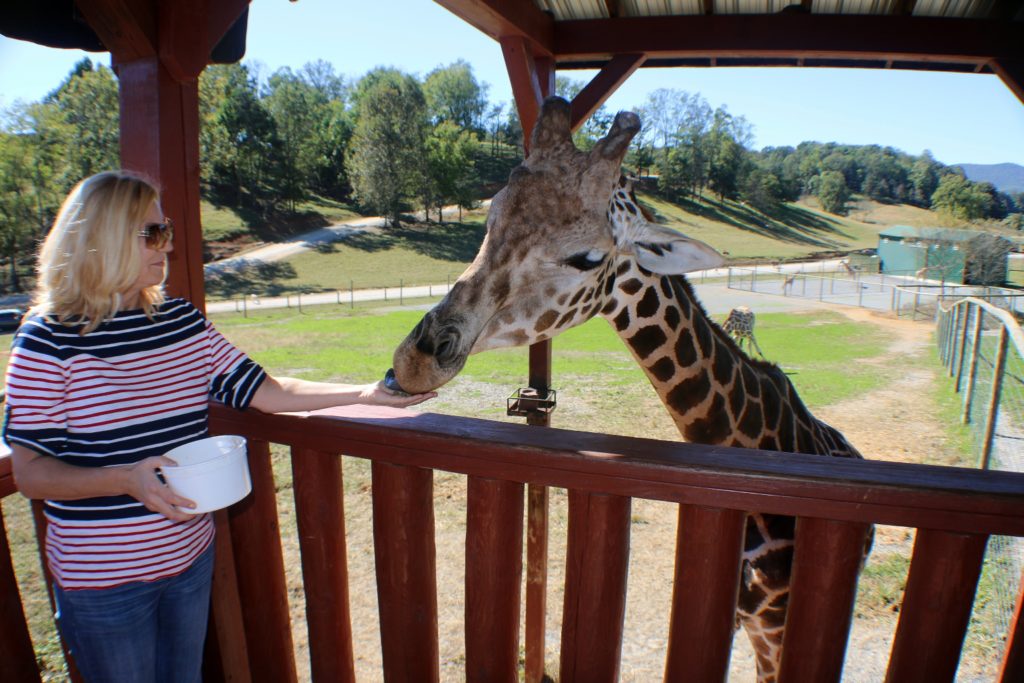
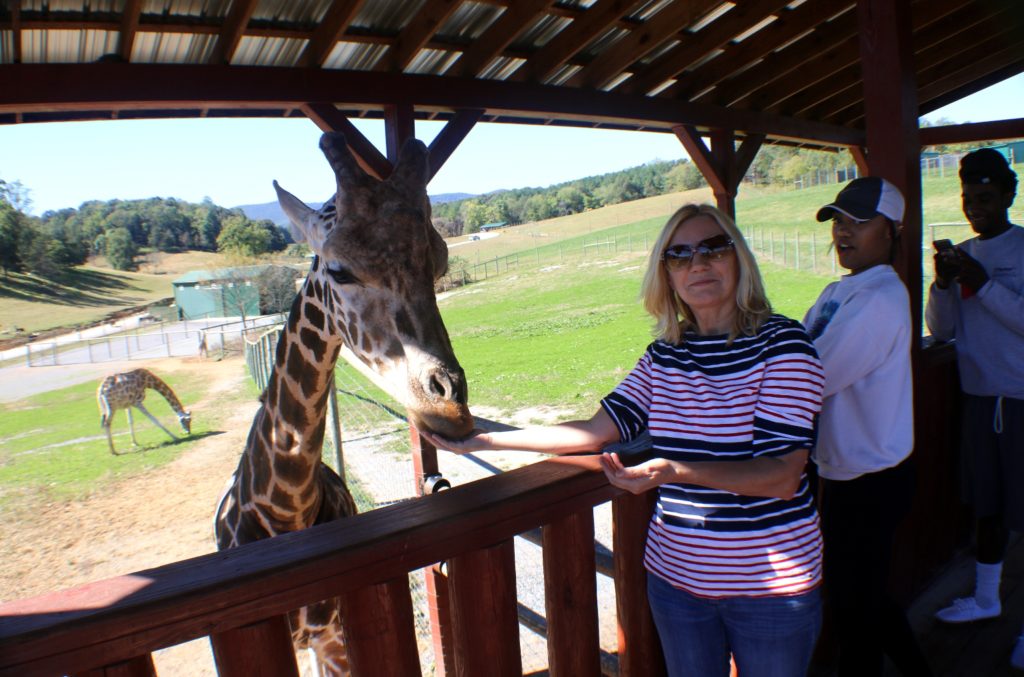
I guess I dropped some food. 🙂
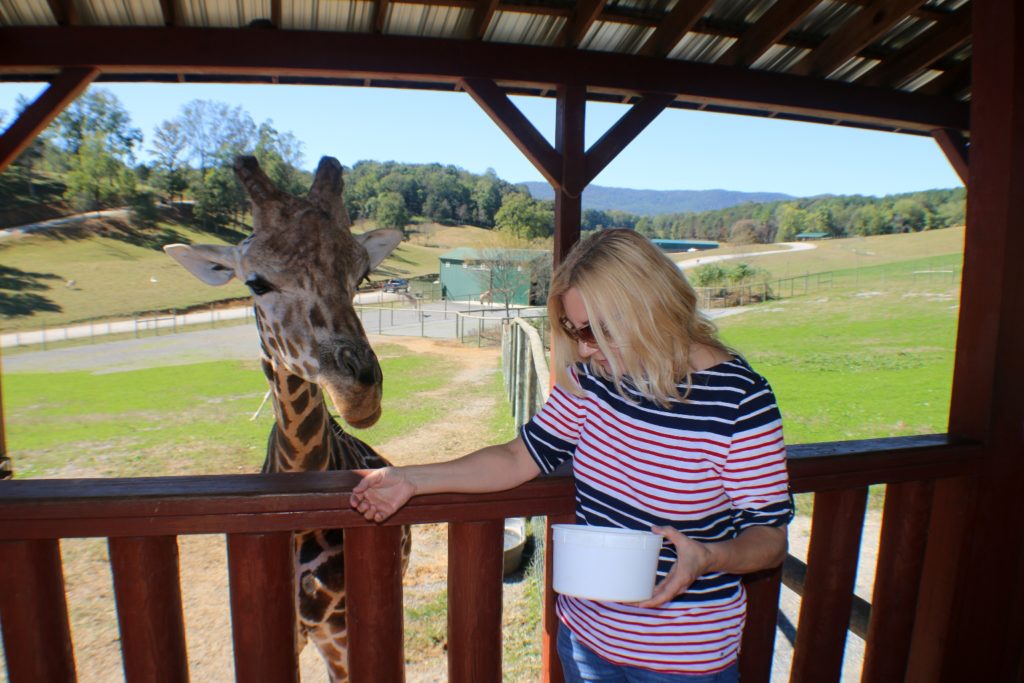
Giraffes are the cutest.
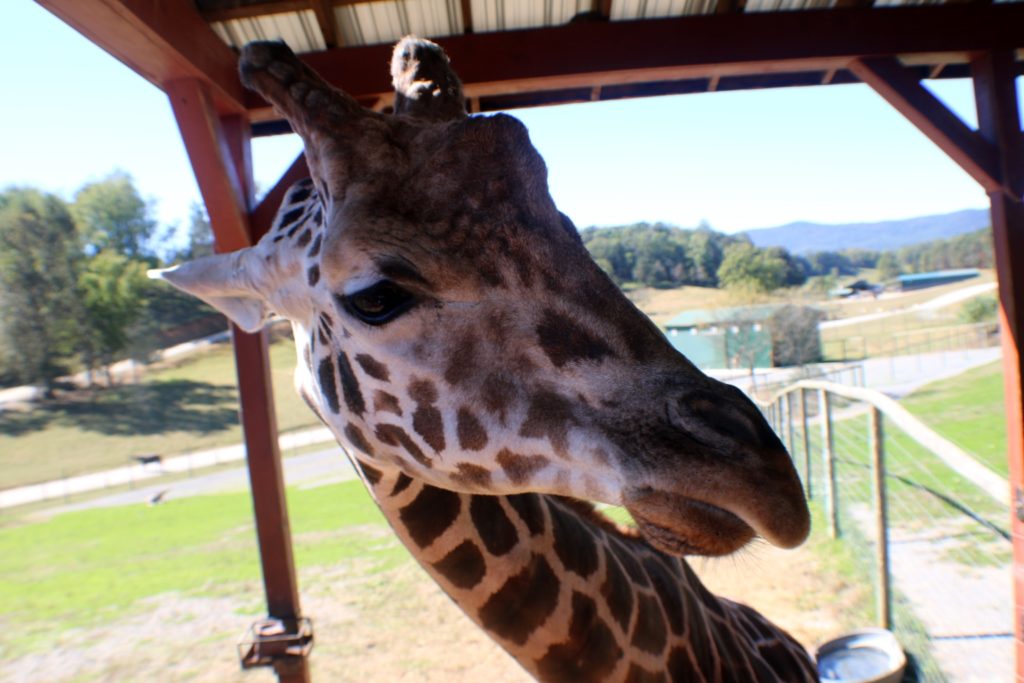
Next, we visited the tortoise station. Aldabra Tortoise is the world largest tortoise.
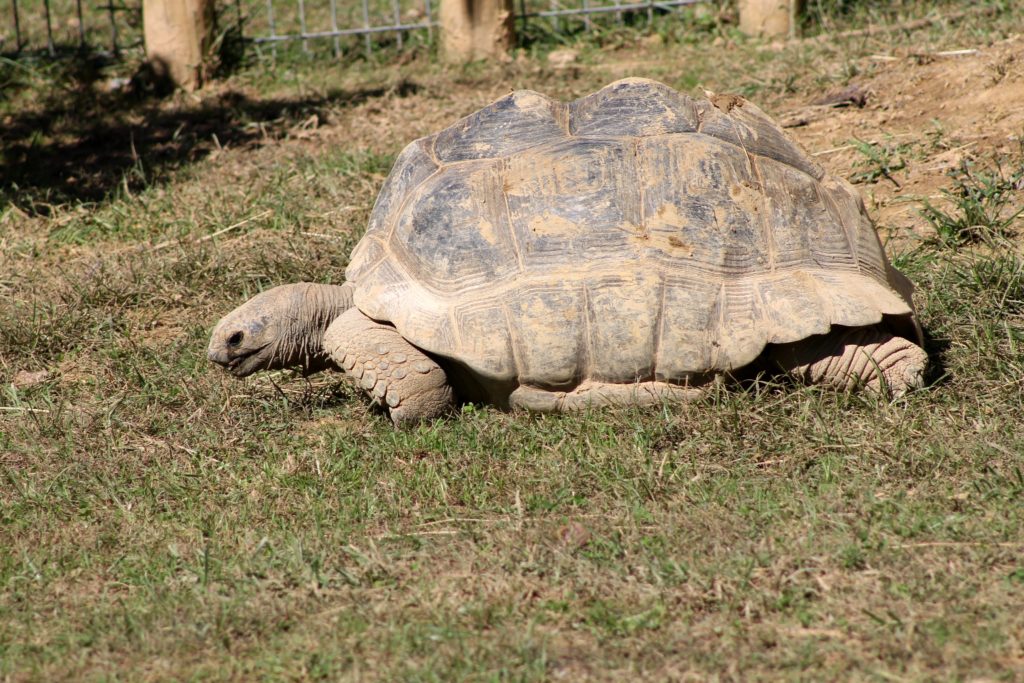
There were quite a few of them in the Tortoise section.
Radiated Tortoises were busy mating.
Tiger Territory is fenced off and presents orange and white Bengal Tigers.
Did You Know?
- Tigers are excellent swimmers and never far from a water source in the wild- they even have partially webbed toes to help move through the water!
- Tigers have 1 inch front claws that they can push out to sharpen and also pull in when walking.
- Female tigers can have litters of up to 7 cubs! Newborn cubs weigh only 1- 3 pounds!
- Tigers are so adaptable that they can live in a broad range of climates, from tropical rain forest to areas of extreme snow and temperatures as low as -40 degrees.
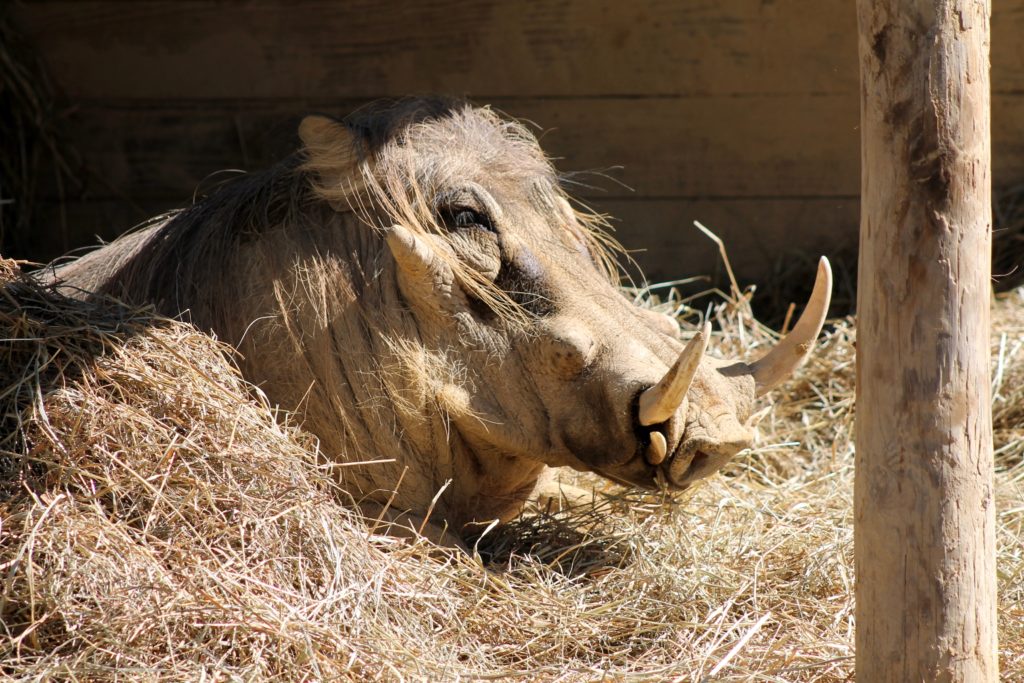
African Penguins – a new addition since the last time we were there.
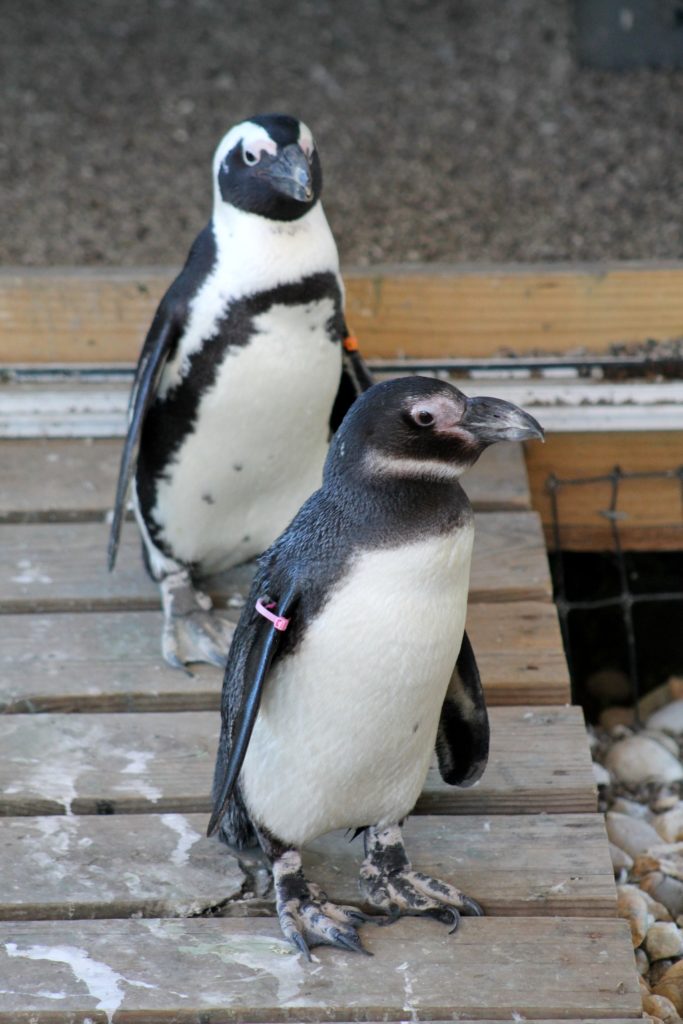
Playful Common Squirrel Monkey with a kid on her back.
It is always enjoyable to walk or hop through the Kangaroo Walk-About . There are some interesting facts about kangaroos that I copied from the park’s web site.
Did You Know?
- Red Kangaroos are the largest of all the kangaroos! Adult males can stand over 6 feet tall and weigh 200 pounds!
- When a kangaroo senses danger, it will thump its feet loudly to warn the others.
- Female kangaroos are smaller and faster than males, traveling up to speeds of 30mph!
- A group of kangaroos is called a mob.
- Baby kangaroos are born the size of a jellybean and travel into the mother’s pouch to continue growing.
- Kangaroos cannot walk backwards.
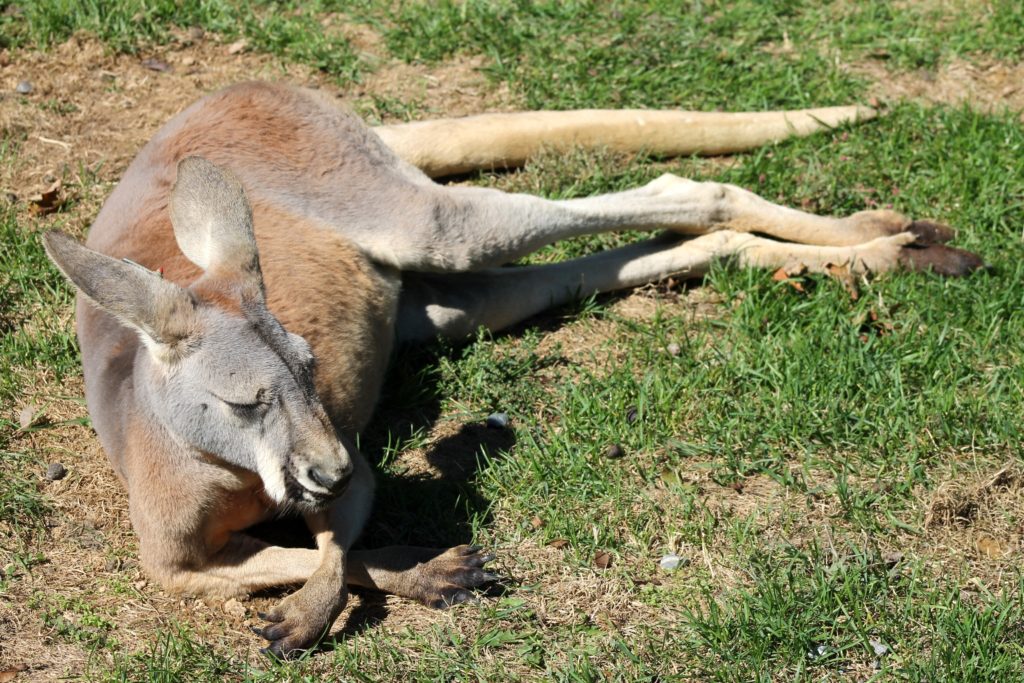
We had to pose for the pictures here.
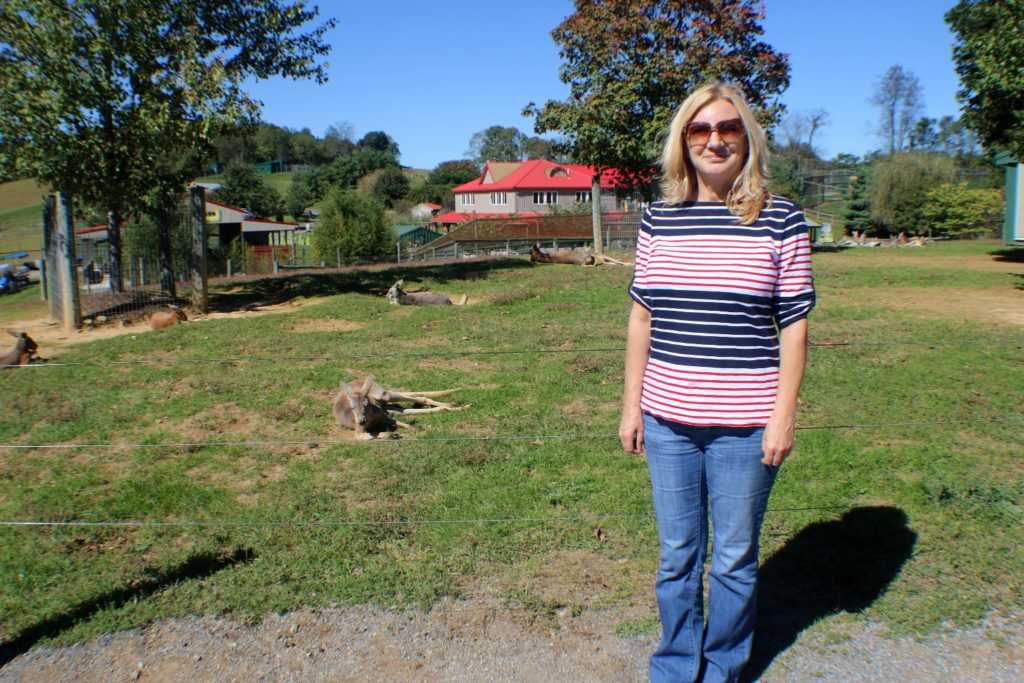
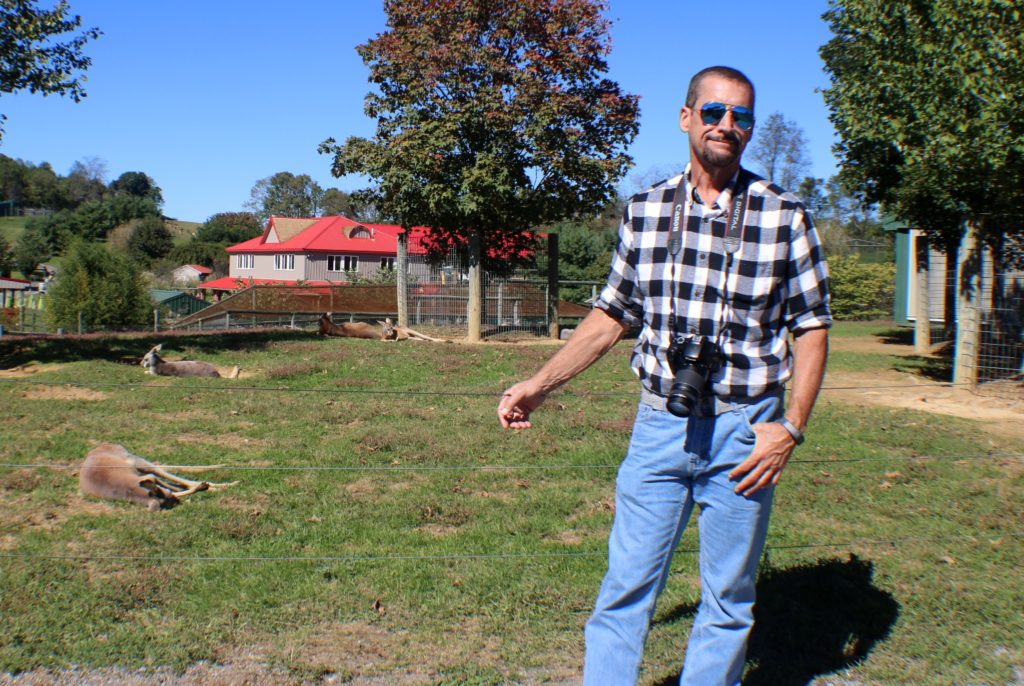
Here is a joey (baby kangaroo) in the mother’s pouch. Can see only the ears. So cute. 🙂
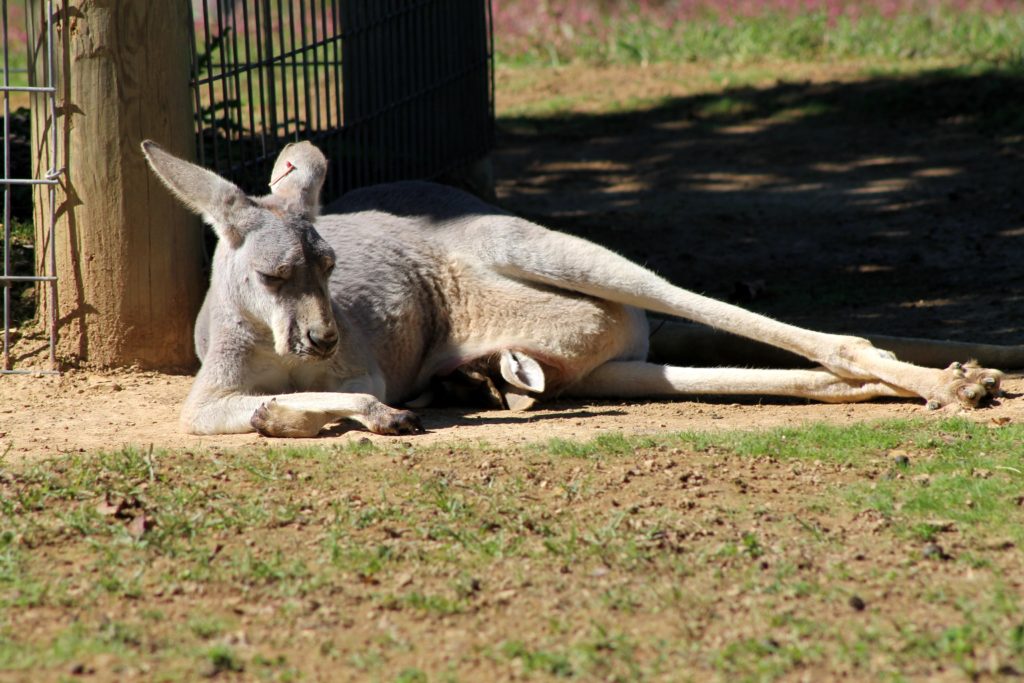
At least this one is active, not sleepy like the other ones.
We took this picture of the adorable little goat, while walking through the Petting Area.
Did You Know?
- Pygmy goats are excellent climbers! They have a patch of hair between their toes to give them extra climbing traction!
- There are over 250 breeds of domestic chickens, but none of them are capable of long distance flight.
- Pot-bellied pigs have an unbelievable sense of smell. They can smell food items up to 10 inches below the ground and use their tough snout to dig up foods like bulbs, roots, insects and seeds.
- Pygmy goats usually give birth to twins!
-
Pigs cannot sweat! Which is why you will see them wallowing in puddles and mud holes to cool off.
- Llamas are closely related to camels! Although they don’t have a hump like a camel, their feet have two padded toes just like a camel’s.
On our way home we had a nice late lunch at Texas Roadhouse. We were there for the first time and were impressed with the quality of food and the service there, considering it is a chain restaurant. Guests can pick their own steak at the entrance if desired.

This lively steakhouse is serving American fare with a Southwestern spin amid Texas-themed décor.
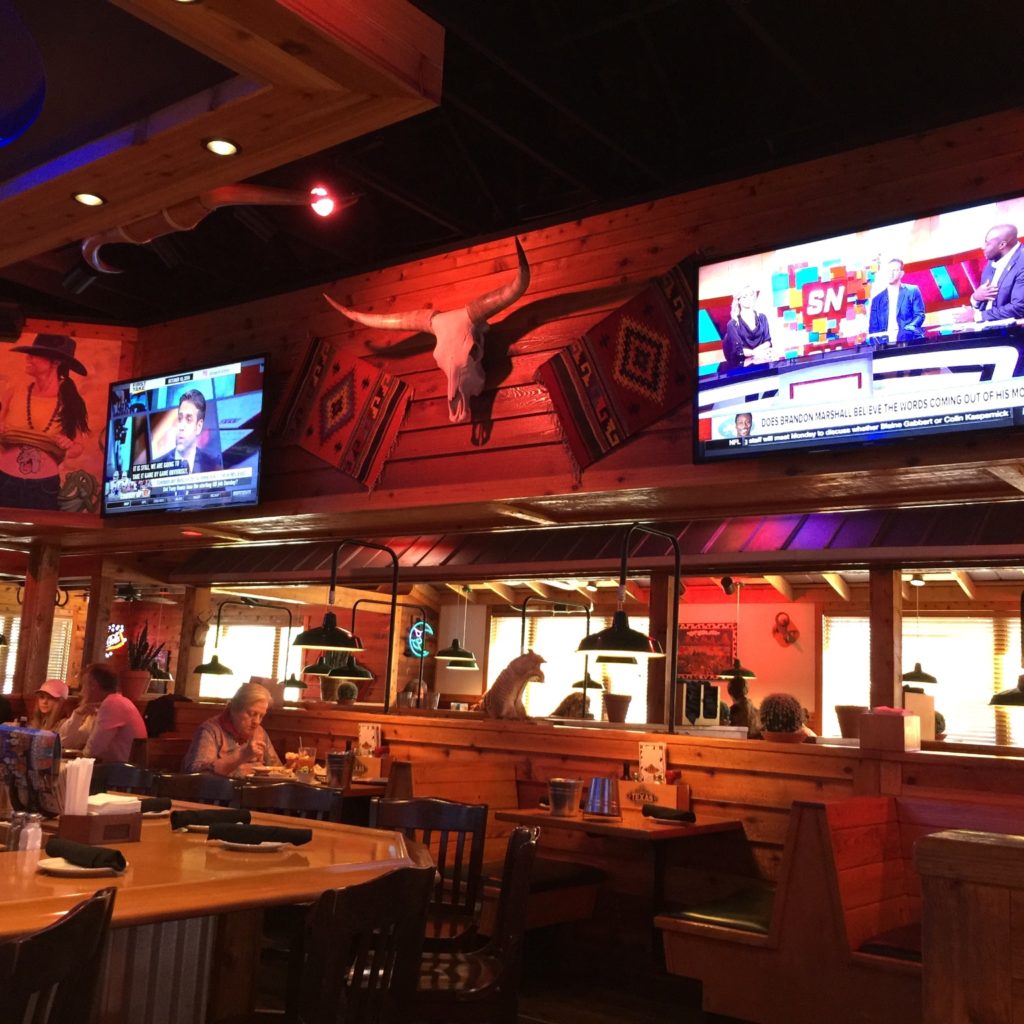
Cactuses are everywhere – reminds me more of Arizona.

